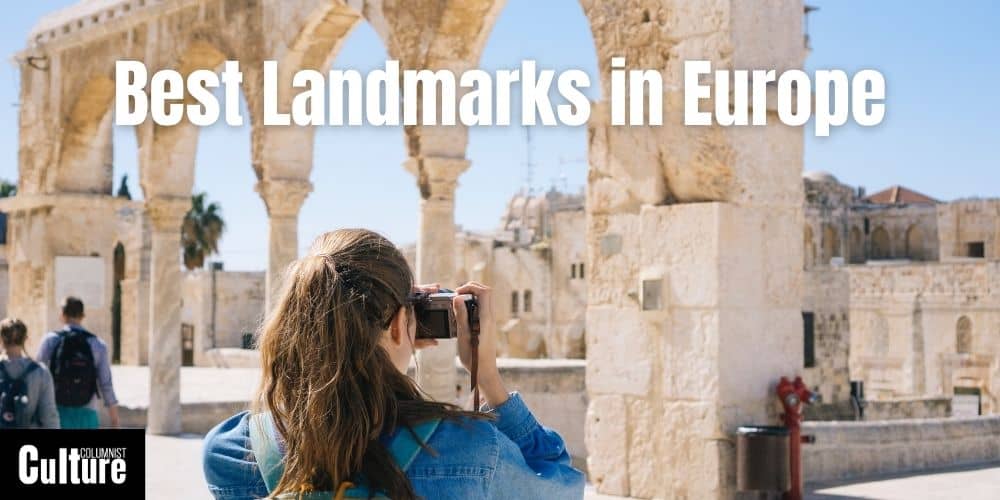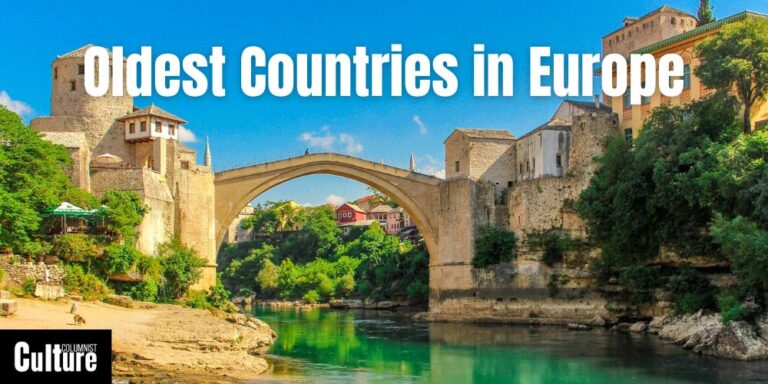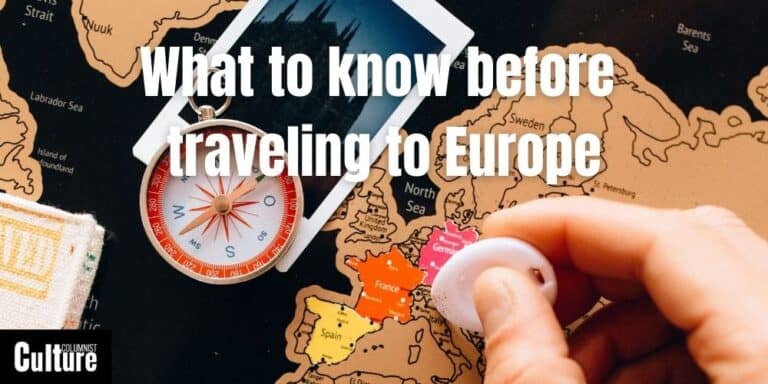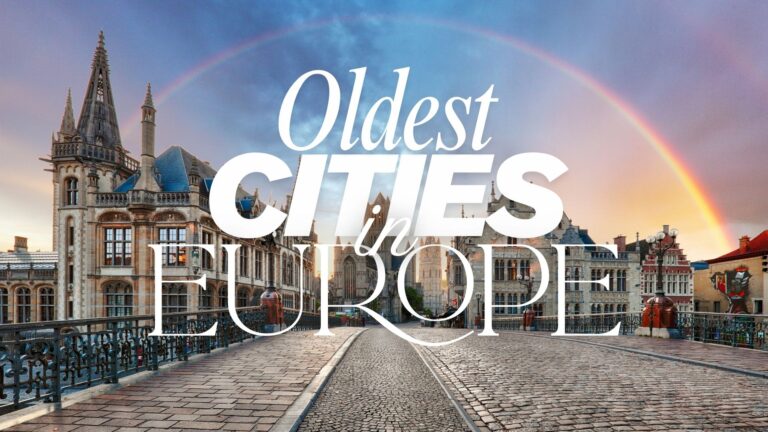Best Landmarks To Visit In Europe
The European continent is unique for it’s landmarks, not just because it has such a large number of them but because it has so many significant landmarks, monuments, buildings, and ancient sites that are deeply interconnected with the continent’s long and sometimes turbulent history.
From ancient ruins of the Roman and Greek civilizations, medieval forts and battlements nestled in Celtic landcapes, to the opulence and grandeur of Renaissance architecture, visiting European landmarks in person is not only a mere tourist attraction to pass the time but is one of the best ways to get a sense of the continent’s diversity and multiculturalism.
However, with hundreds of important landmarks scattered across different countries, choosing which ones to include in your travel itinerary can be challenging. When selecting which landmarks to visit, remember to keep in mind that some may require more time to see than others, and advanced booking or special guided tours may be necessary during peak tourist season.
Below, you’ll find a list of the top 35 must-visit landmarks in Europe to help you narrow down your search and make the most of your vacation or trip. Each landmark is unique and offers its own distinct characteristics and glimpses of history.
So whether you’re a roaming backpacker, a family with kids eager to explore, or a couple looking for some memorable photo backdrops, this article will help you identify which landmarks you’ll want to visit and why.
The Eiffel Tower
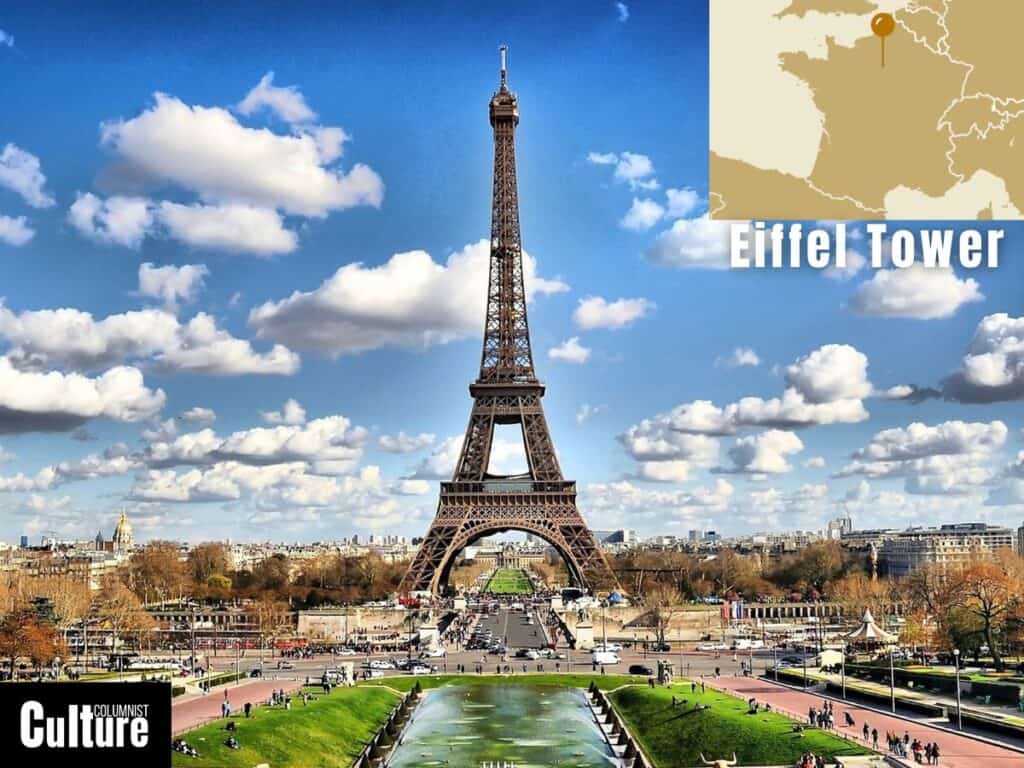
The Eiffel Tower is the crown jewel of Paris, France, and is located in the 7th arrondissement on the Champ de Mars. The tower was created in 1889 by French civil engineer Gustave Eiffel to celebrate the 100th anniversary of the French Revolution. It is not only the tallest structure in Paris but also one of the most important engineering feats in Europe to this day.
Guided tours are available for those who want to delve into the tower’s history and construction. There are three levels open to visitors; the first and second levels have restaurants and shops, while the third level is an observation deck with 360 views of the city, From the ground, the Tower lights up every evening at dusk until 11.45 p.m.
The Colosseum
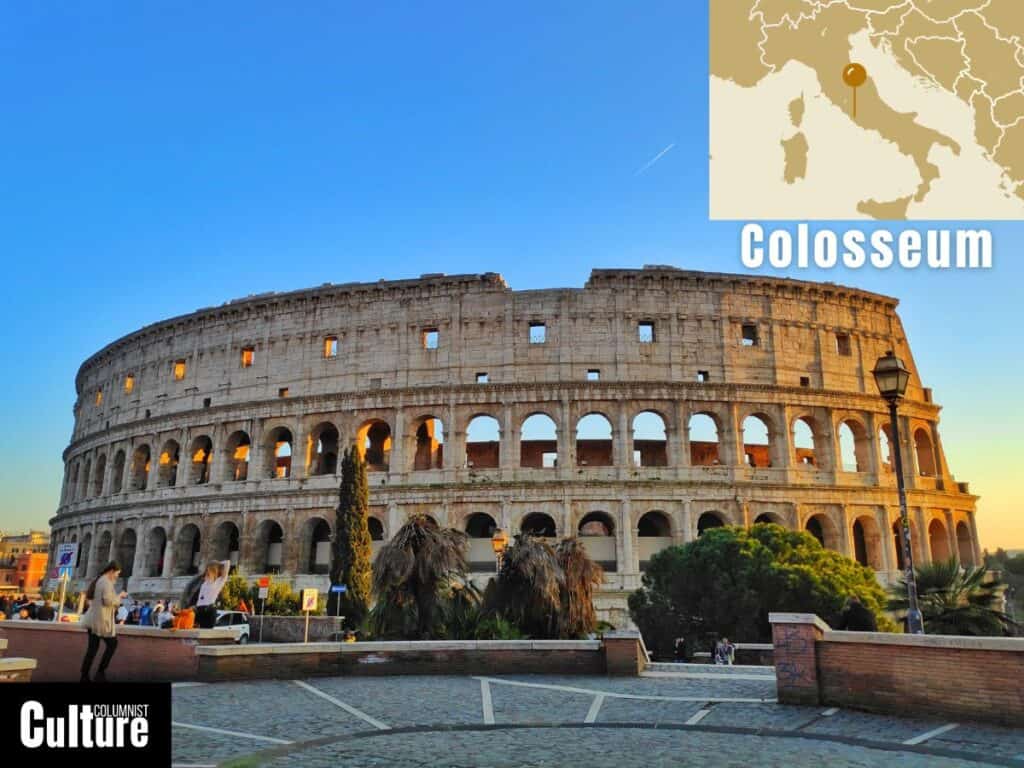
The Colosseum is a large oval amphitheater located in the center of Rome, Italy. The arena was built between 70 and 80 AD by the Flavian emperors as a gift to the Roman citizens to stage gladiator contests and wild beast hunts, a form of entertainment of the day. It has remained standing for 2,000 years thanks to its solid foundation and is a UNESCO World Heritage Site.
Visitors to the Colosseum can explore its rich history through guided tours with access to the Roman Forum and Palatine Hill with a standard ticket. The tours offer an opportunity to learn more about the engineering techniques used as well as the cultural and historical importance of the games and contests that were once held there. The Colosseum is lit up at night from within, providing a striking photo backdrop, and even offers guided tours by night as well.
Acropolis and Parthenon
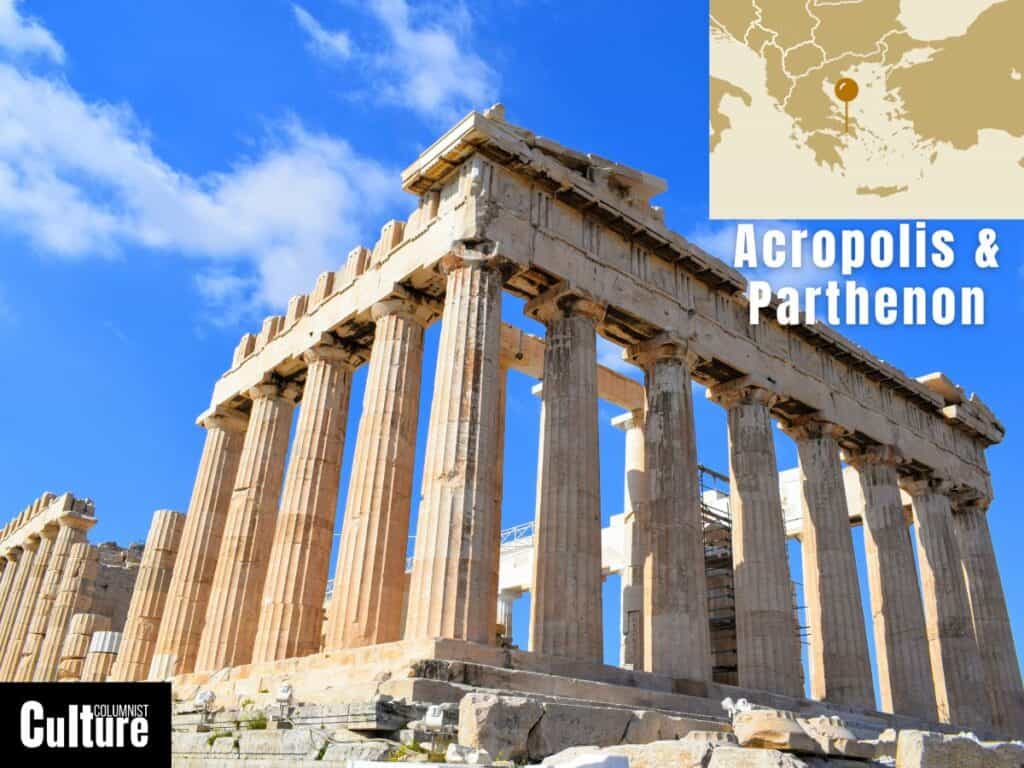
The Acropolis is a mountaintop citadel that houses ancient temples, including the Parthenon and the Erechtheion, and is located in the center of Athens, Greece. The temples were built in the 5th century BCE to honor the pantheon of Greek gods and goddesses. It’s famous for its optical illusion; the columns are intentionally tapered, and the platform is slightly curved so that it appears straight to the naked eye.
The Acropolis is accessible to visitors to explore the grounds and temples at their own leisure or with a guided tour. There is an ancient open-air theater, the Odeon of Herodes Atticus, nestled on the southwestern slope, which hosts concerts and theater plays, or you can visit the Acropolis Museum at the foot of the hill, which contains original sculptures and artifacts that once adorned the landmark.
Big Ben
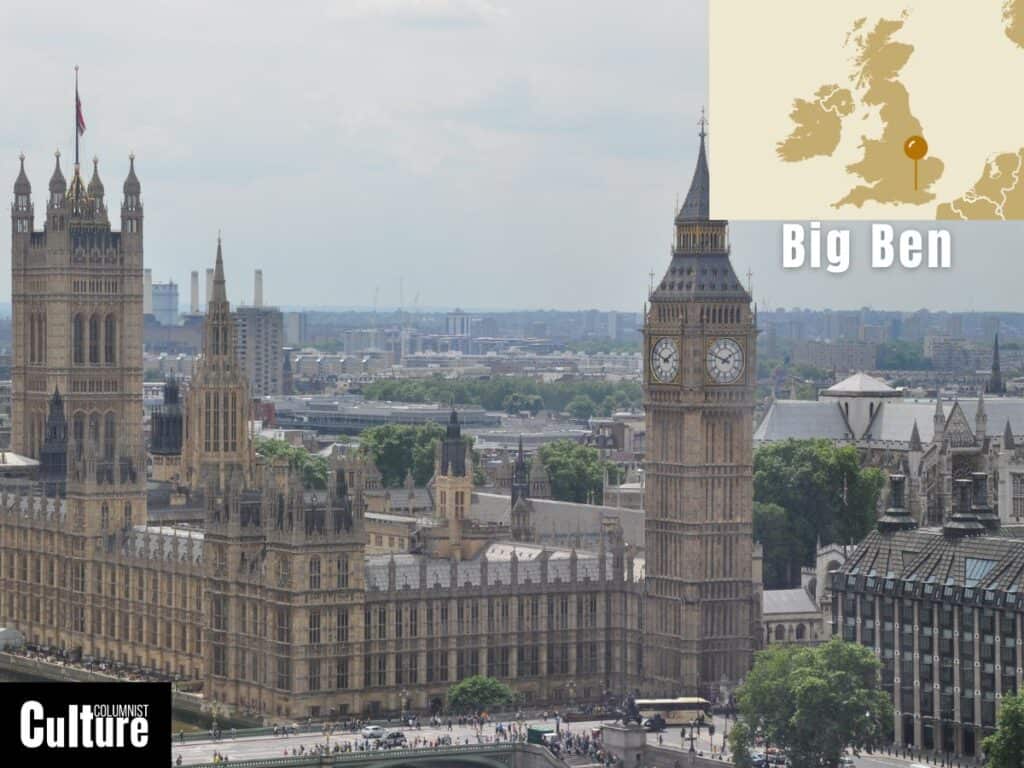
Big Ben is a clock tower that is situated at the north end of the Palace of Westminster in London, England. Officially renamed the Elizabeth Tower in 2012 to mark the Queen’s Diamond Jubilee, it was completed in 1859 by architects Charles Barry and Augustus Pugin. Inside, the tower houses the Great Bell, which chimes at the top of every hour with an iconic tune called the Westminster Quarters.
The Elizabeth Tower is not open to the general public, but UK residents can arrange tours through their Member of Parliament. The Palace of Westminster, however, offers guided tours where visitors from all over the world can learn about the UK’s political history and see the clock tower from a unique vantage point.
Stonehenge
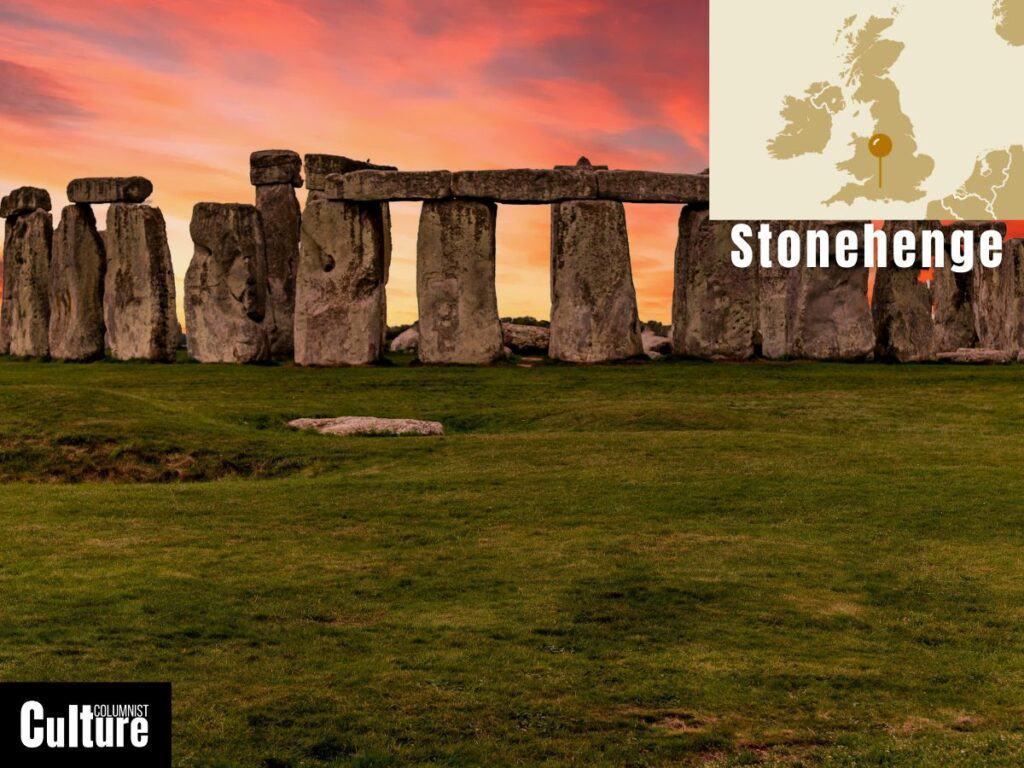
Stonehenge is a prehistoric monument located on the Salisbury Plain in Wiltshire, England. Dating back to around 3000 BCE, and is listed as a UNESCO World Heritage Site. Its original purpose is still debated among scholars, but it is thought to have been used for religious or pagan worship.
There are audio guides available for visitors in multiple languages to better understand the historical context and theories about its original purpose. The visitor center features a permanent exhibition to give more insight into how Neolithic life may have looked when the monument was built. The site is particularly popular during the summer and winter solstices.
The Louvre Museum
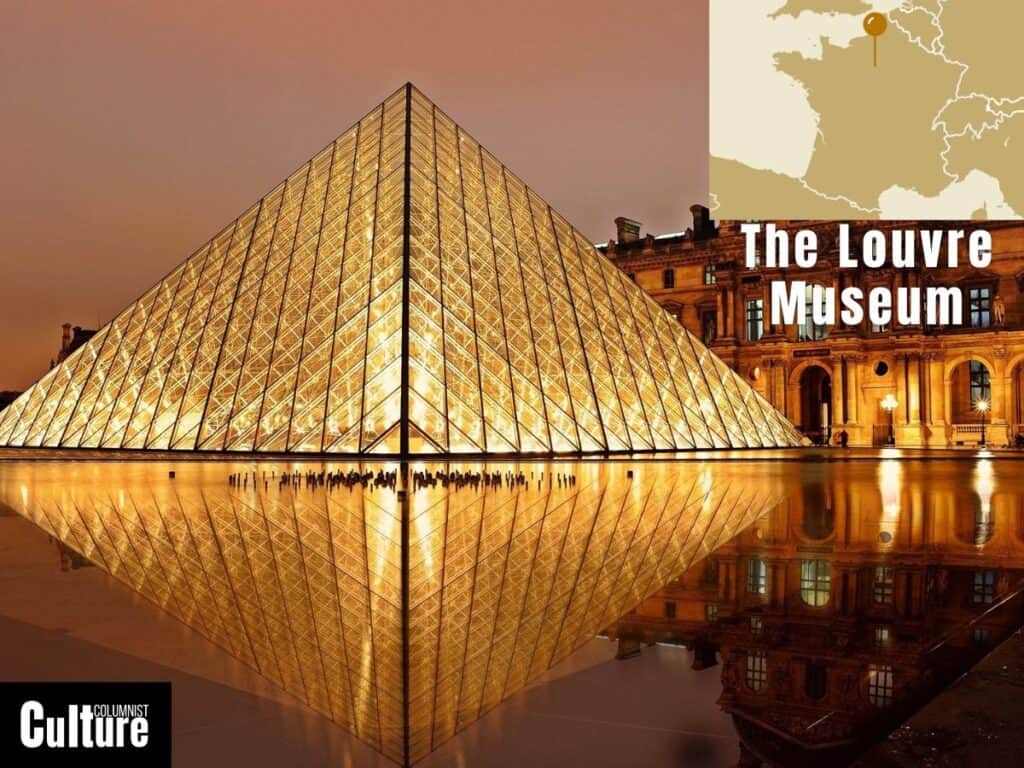
The Louvre Museum is located in Paris, France, and is one of the world’s largest and most visited art museums. It was originally built as a fortress in the late 12th century but also served as a royal palace before its transformation into a museum in 1793. It most famously houses Leonardo da Vinci’s “Mona Lisa” and Eugène Delacroix’s “Liberty Leading the People.”
Extended openings and guided tours are available in various languages, or you can opt for themed trails that can guide you through specific themes in the museum because it’s too large to attempt to explore in one day. The museum contains more than 380,000 objects and displays 35,000 works of art in eight curated departments.
Sagrada Família
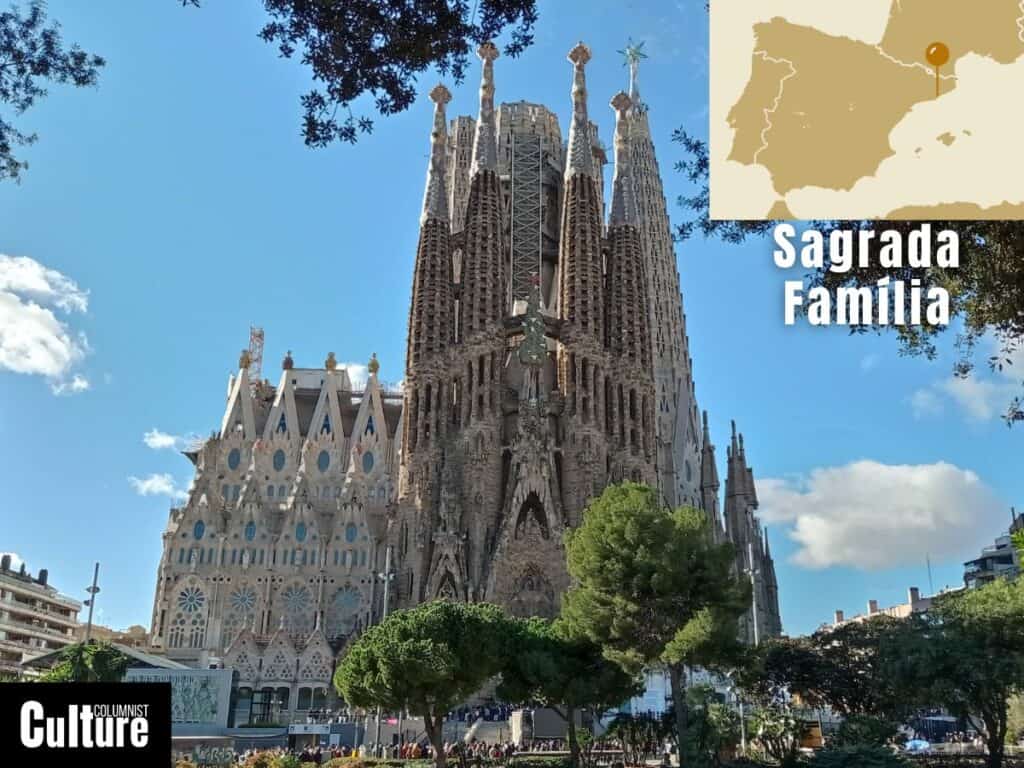
The Sagrada Familia is a Roman Catholic basilica that has been under construction since 1882 and is located in Barcelona, Spain. It was designed by Catalan architect Antoni Gaudí and is a UNESCO World Heritage Site. The design of the basilica is deeply symbolic; the three facades represent the life of Jesus Christ: his birth, death, and resurrection, and the glory to come, while the 18 thin spire towers honor religious figures.
Visitors have the option of guided or self-guided tours around the monument’s intricate external facades, the interior nave and crypts, and the beautiful light effects created by the stained glass windows. You can even ascend the towers for far-reaching views of Barcelona or visit the on-site museum for more information about the basilica’s history and ongoing construction.
Notre-Dame Cathedral
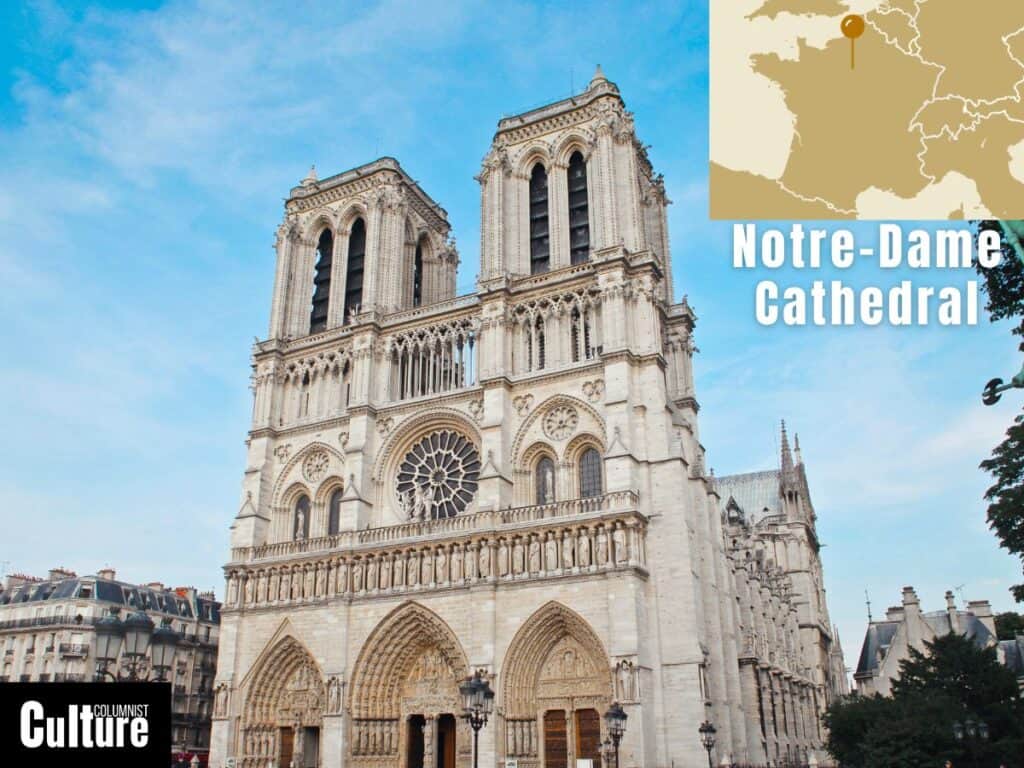
The Notre Dame Cathedral is a Gothic monument located in Paris, France. It was built between the 12th and 14th centuries, but its architects are still unknown. The cathedral is one of the world’s most prominent examples of Gothic architecture in Europe and is most known for its flying buttresses, ornately sculptured doorways depicting biblical scenes, and three rose windows, which are among the largest windows in the world.
The cathedral’s main square, Place Jean-Paul II, and the archaeological crypt are currently open to the public, but the cathedral’s towers and treasures will not reopen until December 2024. Despite this limited access to the interior, there are outdoor walking tours available to visitors that give more insight into its history and architectural significance.
Brandenburg Gate
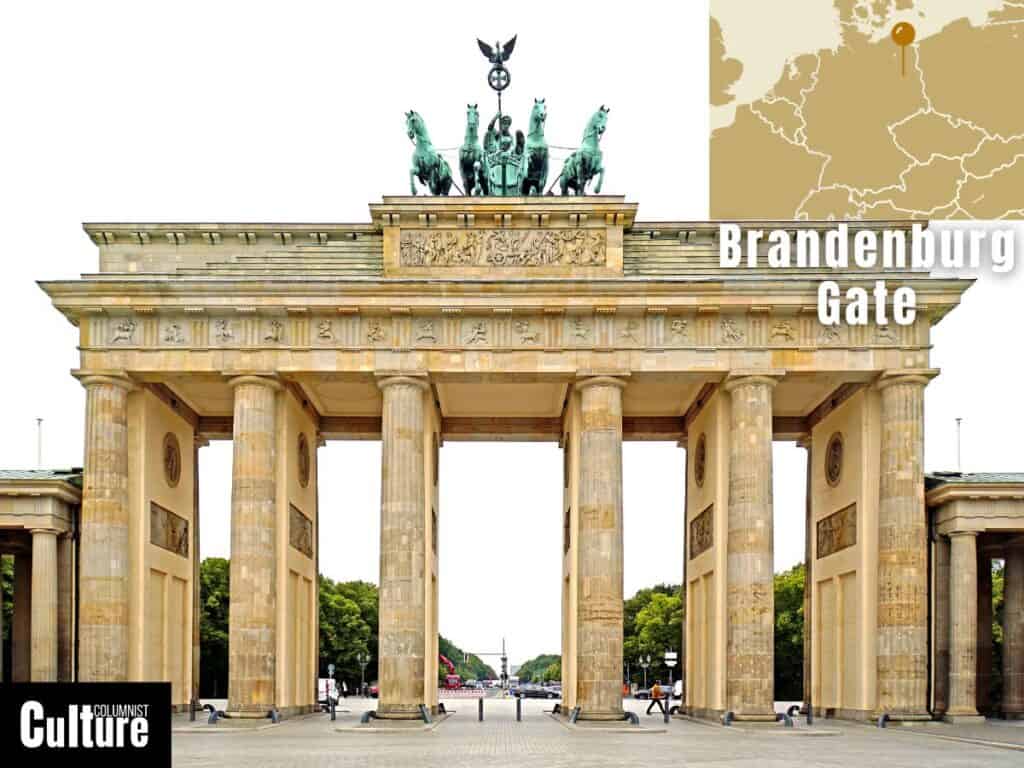
The Brandenburg Gate is located in Pariser Platz, Berlin, Germany. It was built between 1788 and 1791 as a symbol of peace during the reign of Prussian King Frederick William II. It was designed by Carl Gotthard Langhan, who was inspired by the classical architecture of the Acropolis in Athens and modeled it on the entrance of the Parthenon.
Unlike other landmarks on this list, there is no interior to explore, but you can walk through the Brandenburg Gate and observe it from up close and underneath at any time, as it’s open-access and doesn’t require any tickets. At night, the monument is lit up, making it a great spot for photos, but you don’t need much time here as there’s not a lot to do after you’ve taken your pictures.
St Peters Basilica
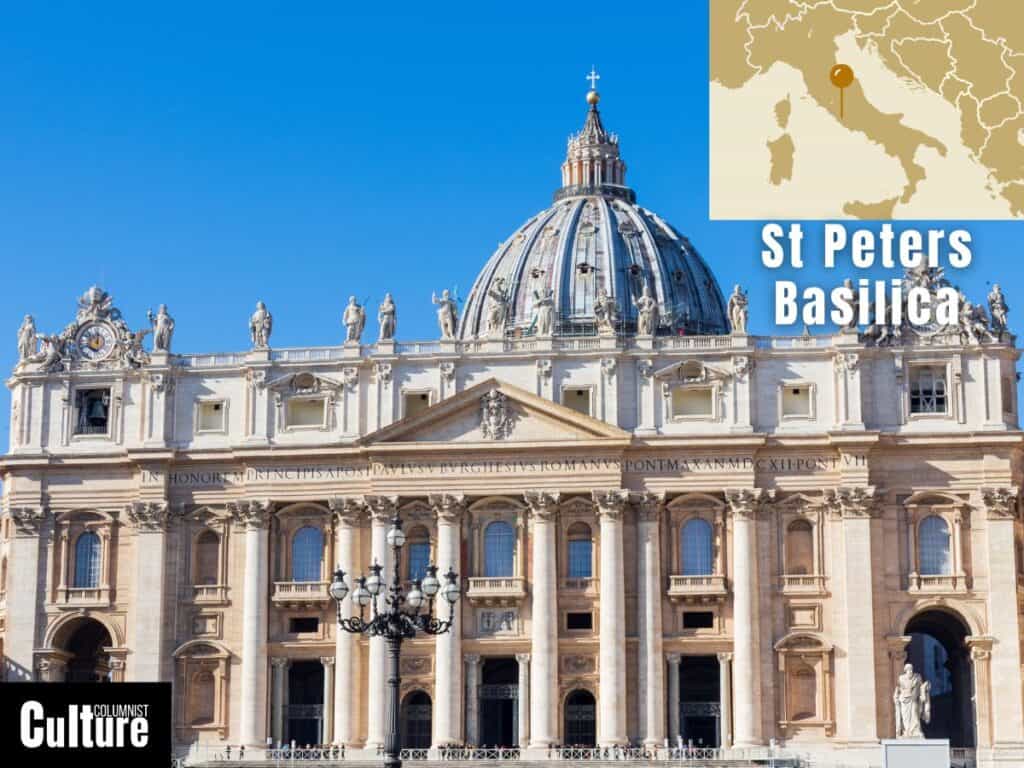
St. Peter’s Basilica is situated in Vatican City, an independent city-state encircled within the city of Rome, and is a UNESCO World Heritage Site. The basilica is one of the largest churches in the world and holds a central place in the Christian world, serving as a place of rest for around 100 Popes. The rooftop dome is one of the most recognizable features of the basilica and was originally designed by Michelangelo himself.
Visitors can make use of the audio guides if they prefer to explore the basilica solo, but booking a guided tour is recommended as the temple is huge. Leave enough time to head up to the dome for stunning views of the city and explore the Papal tombs located below where St. Peter is allegedly buried. Keep in mind that the basilica is a functioning church, so religious services and masses, including those led by the Pope, can also take place during your visit.
The Alhambra
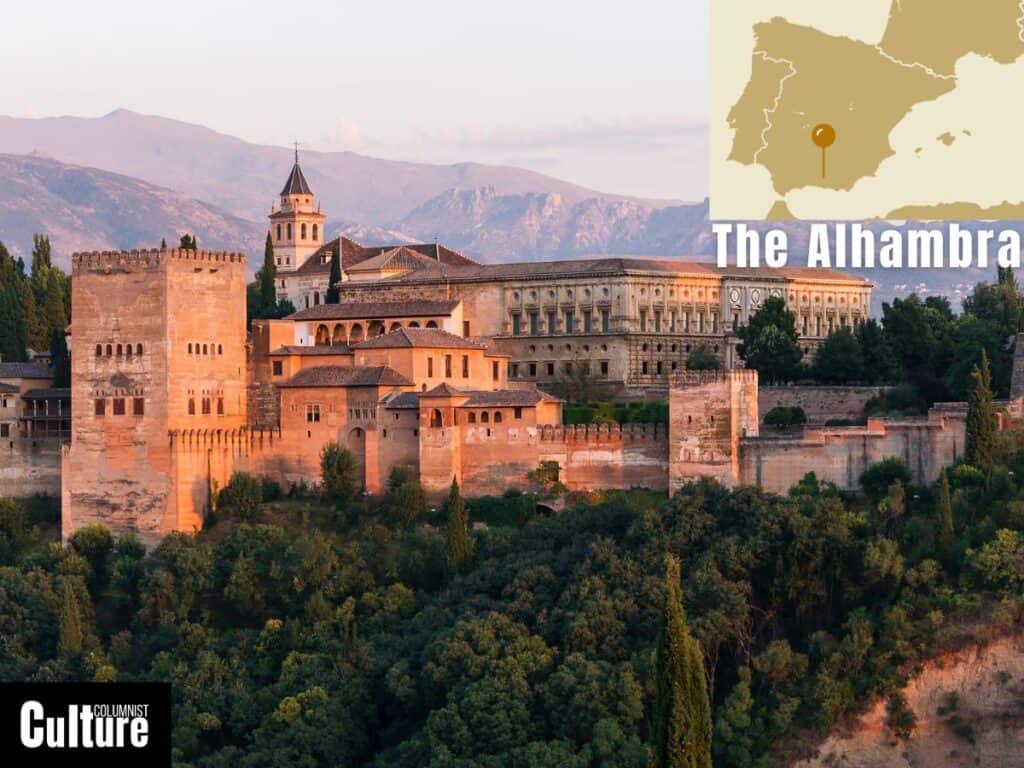
The Alhambra is a palace and fortress located in Granada, Andalusia, Spain. Constructed predominantly during the mid-13th to late-14th centuries, the Alhambra served as a royal palace for the Nasrid Dynasty and later as a residence for the Catholic Monarchs after they expelled the Muslim Moors of Iberia.
Keep in mind that the main attractions inside the Alhambra are scattered around a large area and require a lot of walking, so it’s best to plan a whole day there to really enjoy the different sites at a leisurely pace. It’s recommended to book in advance, as access to the main attraction, the Palace of Nasrid, is restricted, meaning you’ll have to book the exact time slot you’d like to visit. However, it’s well worth the effort and will allow you to avoid the long waiting lines.
The Palace of Versailles
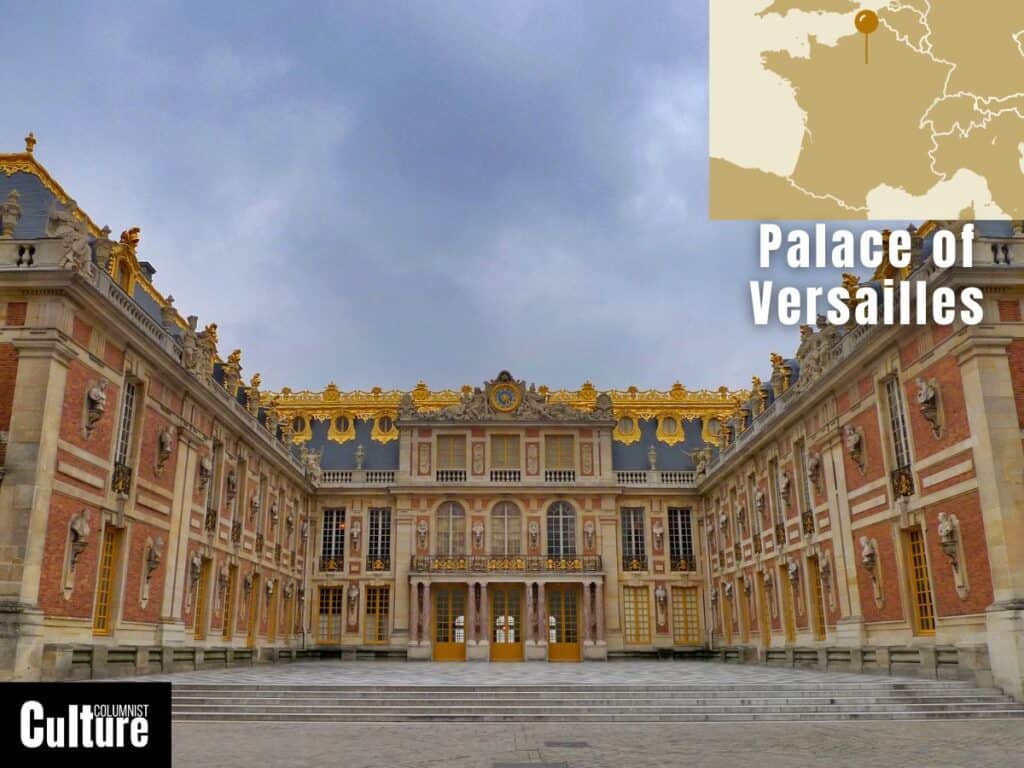
The Palace of Versailles is located in Versailles, France, about 20 kilometers southwest of Paris. Initially built as a hunting lodge for King Louis XIII, it was transformed and expanded by his son, Louis XIV, into a grand royal residence. The palace stands as a symbol of the absolute monarchy and the cultural influence of France in 17th-century Europe.
Visitors can explore the lavish interior spaces like the Hall of Mirrors, the King’s and Queen’s apartments, and the Royal Chapel through self-guided or audio-guided tours by downloading the official Palace of Versailles app. Booking a guided tour will allow you access to rooms that are otherwise closed to the public. The grounds are extensive, and there is an option to rent bikes, small electric vehicles, rowing boats, and a hop-on hop-off train that can help you get around.
Anne Frank House
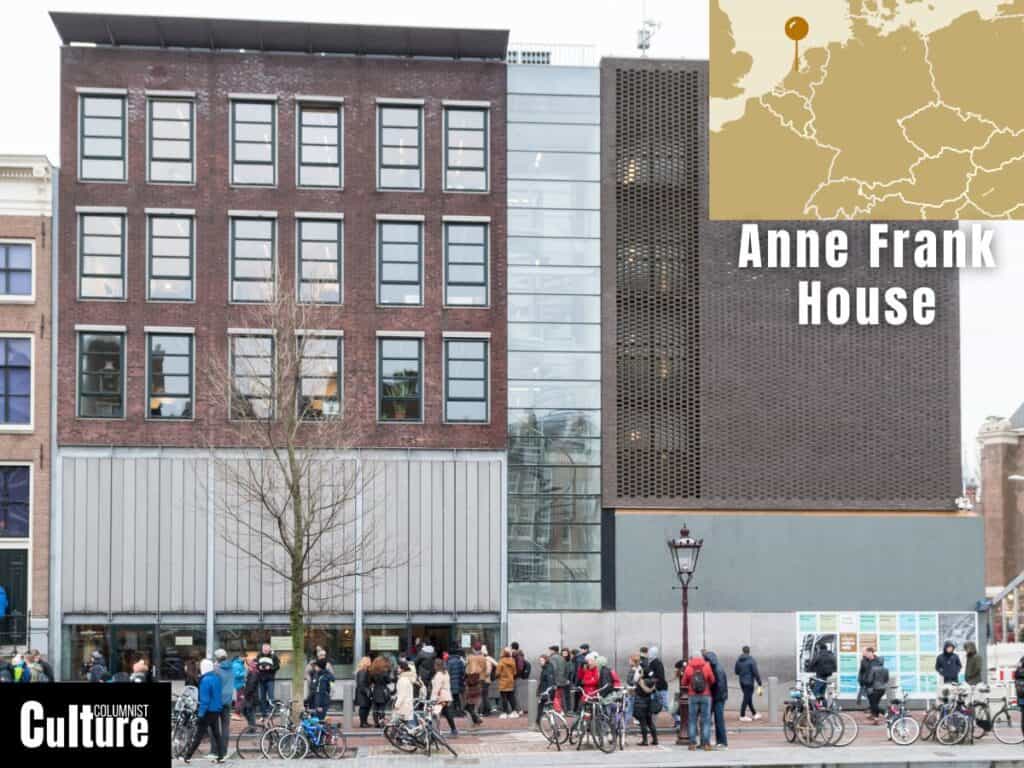
The Anne Frank House is the original building where Anne Frank and her family hid during World War II and is located in Amsterdam, the Netherlands. The house has since been extended into a museum dedicated to the Jewish wartime diarist, whose writing’s have become one of the most famous accounts of the Holocaust.
The number of visitors to the Anne Frank House is restricted, and booking in advance online is obligatory. You can take a tour of the well-preserved rooms of the house, including the Secret Annex, where Anne Frank wrote her diary. A modern museum has been added to original house, providing more context to the background of the war and the persecution of the Jews.
Neuschwanstein Castle
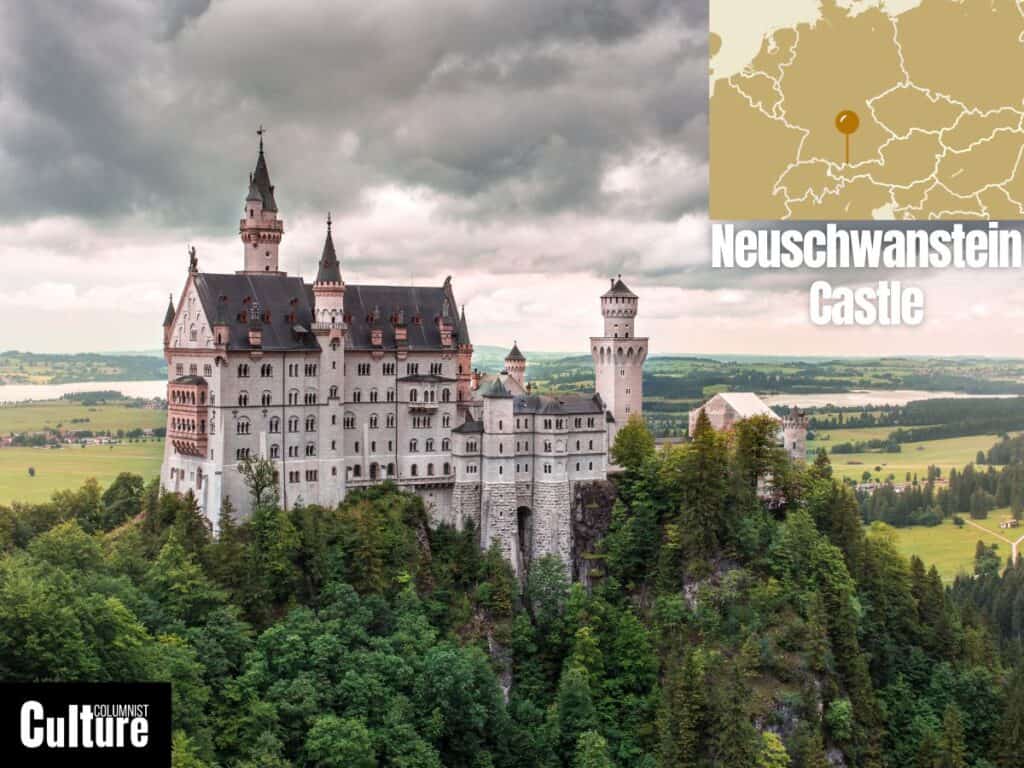
Neuschwanstein Castle is a Romanesque revival-style castle situated in Bavaria, Germany, near the town of Füssen. The castle was constructed between 1869 and 1886 and was commissioned by King Ludwig II of Bavaria to serve as his own personal refuge. It is dubbed the “fairy-tale castle” of Europe thanks to its pointed arches, spiky towers, and tall turrets that have inspired the likes of Disney films such as Cinderella and Beauty and the Beast.
Entry into Neuschwanstein Castle is exclusively through guided tours, which typically last between 30 and 45 minutes. While you can book your tickets online, keep in mind that they must be collected from the town of Hohenschwangau before heading to the castle. Don’t make the mistake of going directly to the castle without them, because the walk up to the castle takes about 30 to 40 minutes. Spare your legs for a hike up the surrounding mountains for a spectacular view of the castle.
Château de Chambord
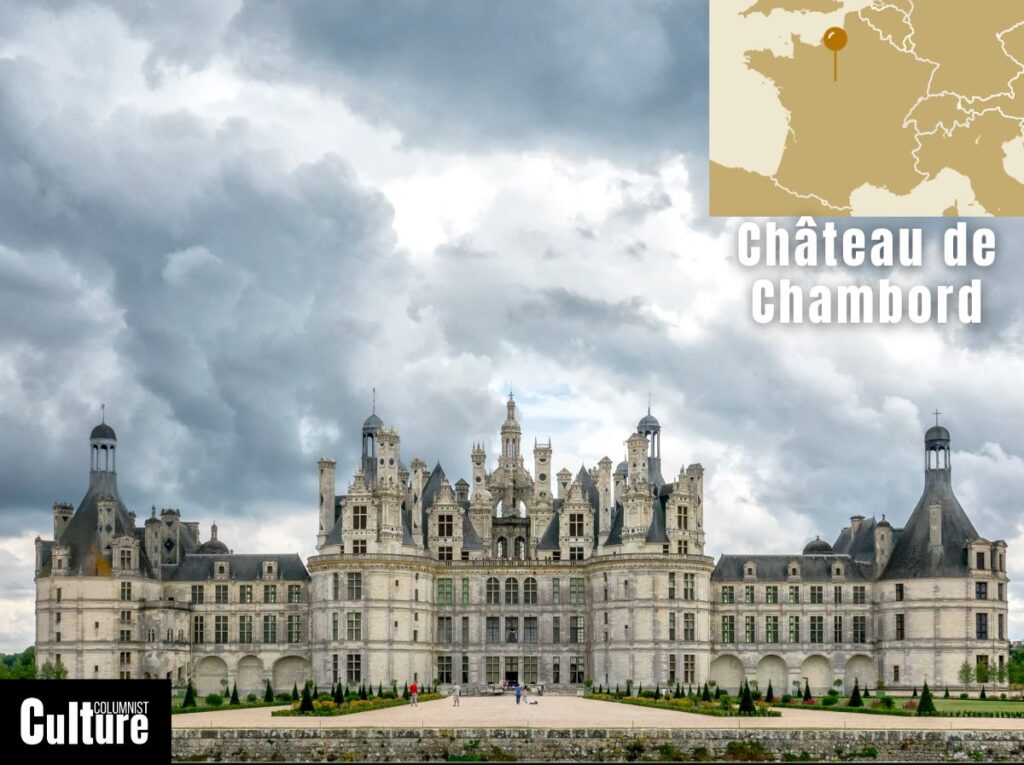
The Chateau de Chambord is a medieval castle located in the Loire Valley in France. The castle was built between 1519 and 1547 and was commissioned by King Francis I to act as a hunting lodge for him and his gentry. The castle is a beautiful example of French Renaissance architecture and has been awarded UNESCO World Heritage status since 1981.
Visitors can take guided or self-guided tours around the castle’s most famous features, such as the double-helix staircase, influenced by Leonardo da Vinci. You can even indulge in a virtual reality experience that takes you on a twelve-minute total immersion of the 5440 hectares and 282 chimneys of Chambord. If you’re visiting in the summer, there is a horse and birds of prey show that recounts the life of François I and is set against the backdrop of Chambord.
The Atomium
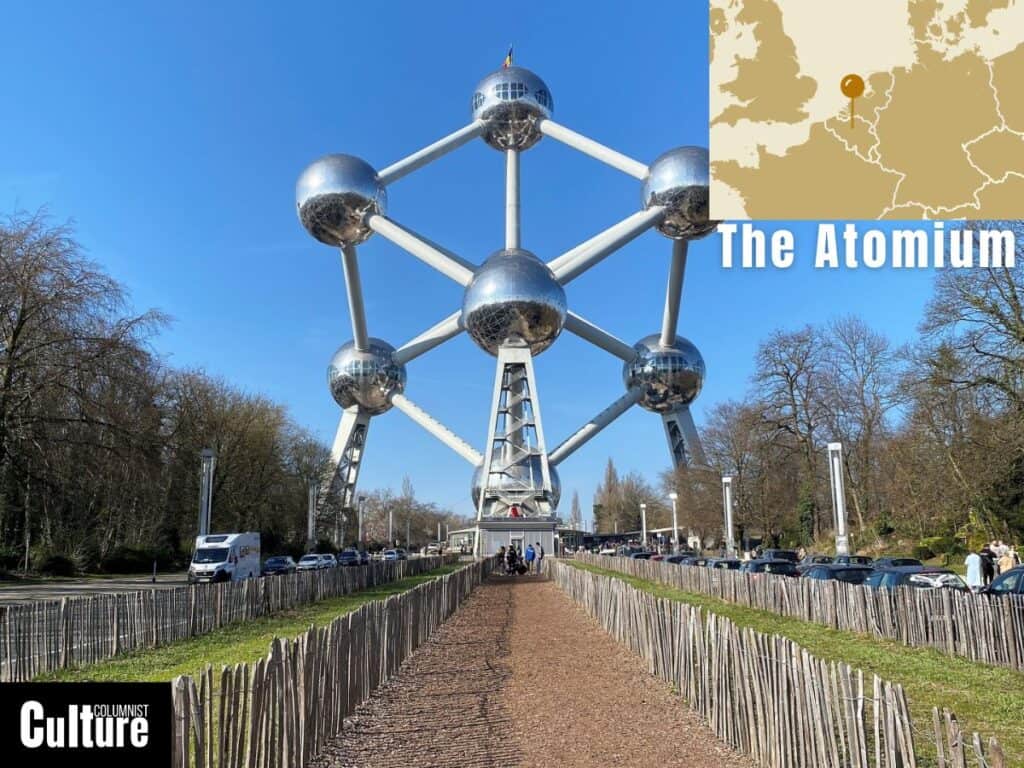
The Atomium is a modernist building that appears like a contemporary sculpture and is located in Brussels, Belgium. It was designed and built in 1957 by engineer André Waterkeyn and architects André and Jean Polak for the 1958 Brussels World Fair. The structure is a symbol of Belgium and is supposed to represent an iron unit cell (9 iron atoms) magnified 165 billion times.
The spheres are linked by 20 tubes, each containing stairs, escalators, or a lift, allowing access between them. Visitors can explore several spheres that host permanent and temporary exhibits related to science, design, and society. One of the spheres is dedicated to children and aims to inspire a love for science, while the highest sphere provides a panoramic view over the city of Brussels.
The Sistine Chapel
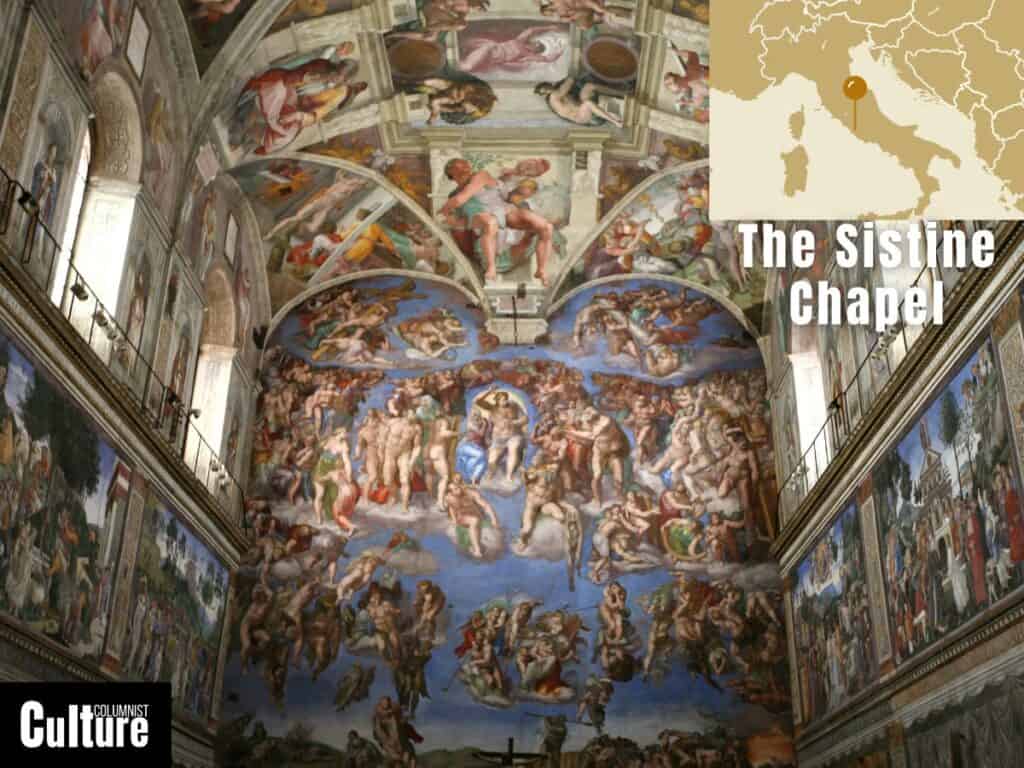
The Sistine Chapel is an important artistic and religious site located within the Vatican City in Rome and is not to be confused with St. Peter’s Basilica, which is a separate building. The chapel was commissioned by Pope Sixtus IV in the 1470s and is used for papal ceremonies and electing a new pope when there is a vacancy. The standout feature is the frescoed ceilings and walls, most famously painted by Michelangelo between 1508 and 1512.
The chapel is part of the Vatican Museums, which means you need to purchase tickets to the Vatican Museums in order to see the Sistine Chapel. You can opt for an audio guide, a guided tour, or an early morning guided tour, but be sure to book online well in advance to avoid disappointment. While around 30 minutes is sufficient to see the chapel, you’ll need a couple of hours to make your way through the museums before reaching the chapel.
Tower Bridge
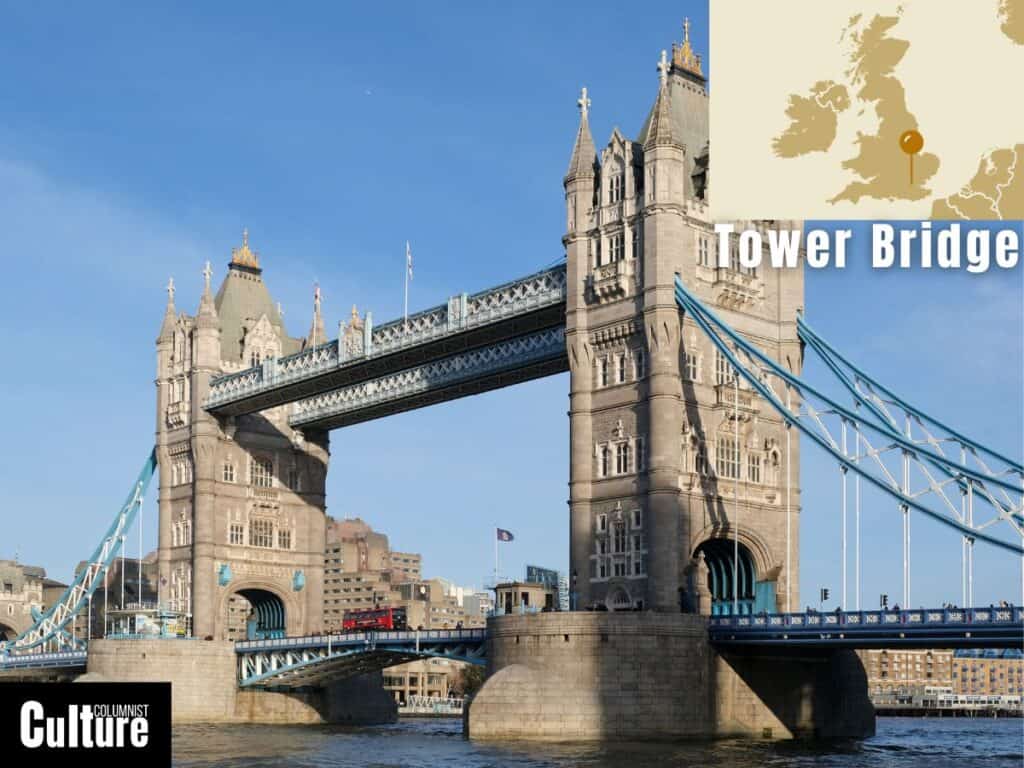
Tower Bridge is a suspended drawbridge situated over the River Thames in London, United Kingdom. It was designed in 1894 by Sir Horace Jones and engineered by Sir John Wolfe and serves as a river crossing with a “bascule” mechanism that draws the bridge up from the center, allowing vessels to pass.
To experience the bridge, start out with the Tower Bridge Exhibition, which includes access to the high-level walkways and has a far-reaching view over London. The exhibition provides more technical insights into the engineering behind the bridge through interactive displays and a virtual reality tour. A must-see is the glass floor in the upper walkway, which allows you to see the road and river below.
The Leaning Tower of Pisa
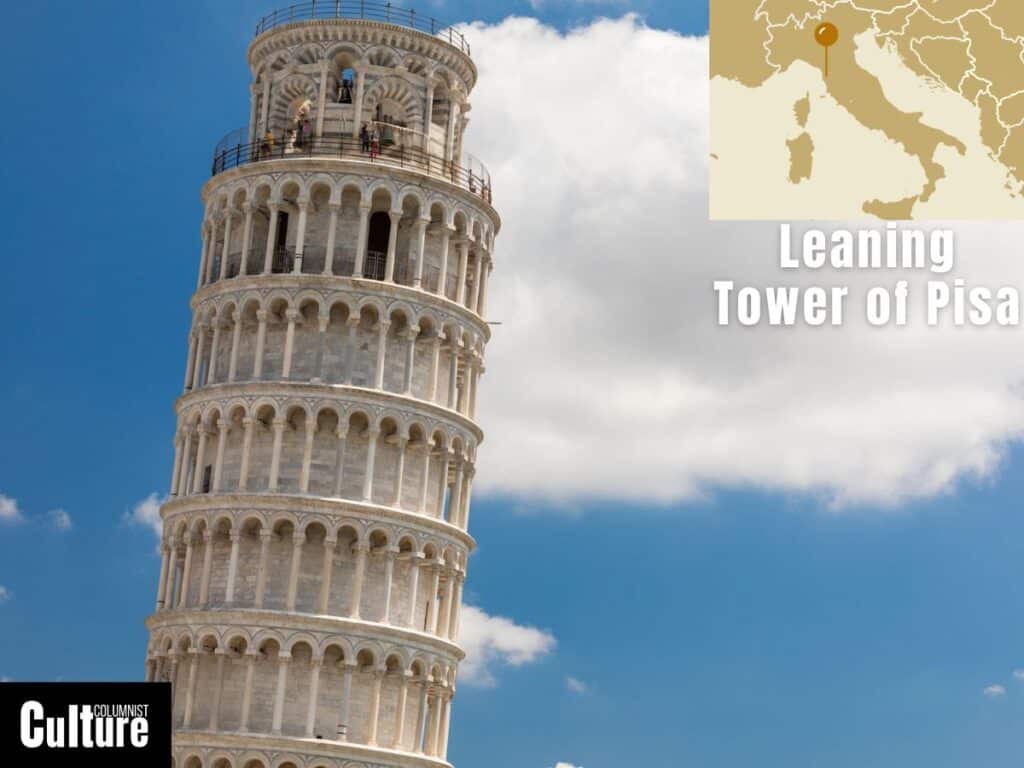
The Leaning Tower of Pisa is a freestanding bell tower located in Pisa, Tuscany, Italy. It was designed by Bonanno Pisano and completed in the 14th century as part of the Cathedral of Santa Maria Assunta. The tower was built over the course of 199 years due to wars and soil instability, and it is famous for its unintentional tilt. The reason it does not fall over is because its center of gravity has been carefully kept within its base.
An assessment in 2005 declared the monument safe for the next 300 years, meaning visitors can still ascend the 294-step spiral staircase for a tilted view of the city and the cathedral. Visiting the tower is a relatively quick experience as there is not that much to do around besides taking photos, but if you want to climb the tower, keep in mind that it is a ticketed system to limit how many people can climb the tower at a time.
Mont Saint-Michel
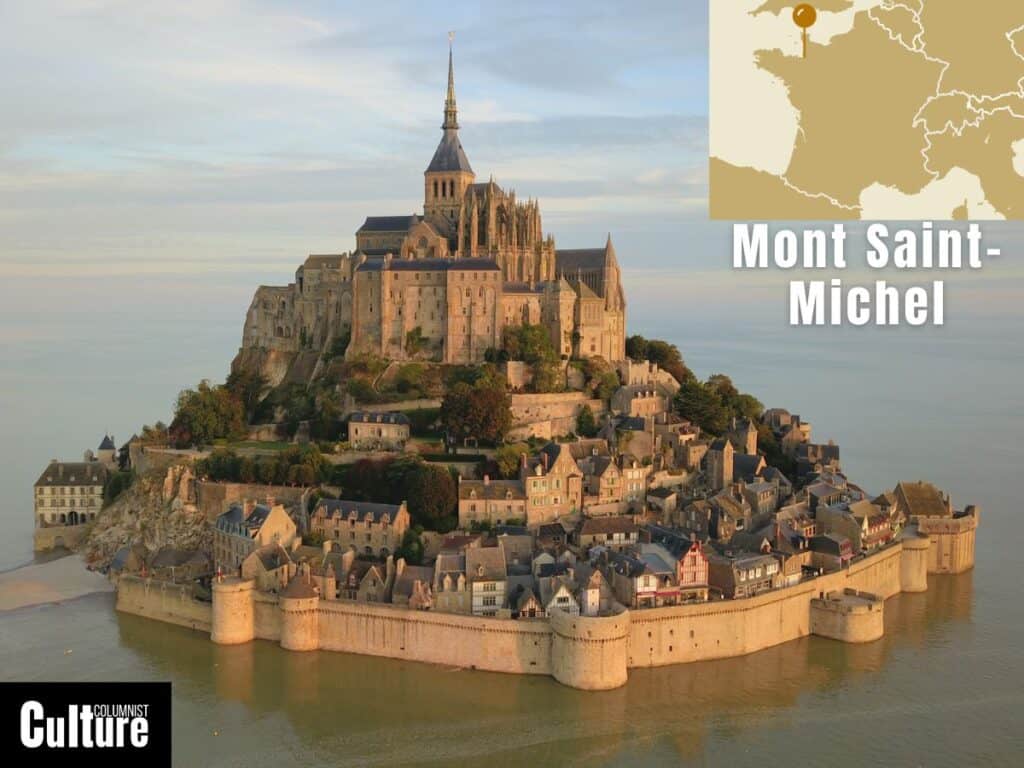
Mont Saint-Michel is a historic citadel and abbey church built on a rocky islet that’s located in Normandy, France. Established in the 8th century, it sits approximately one kilometer off the country’s northwestern coast. It is a UNESCO World Heritage Site, and one of the most striking experiences is observing the dramatic tides that can isolate the monument from the mainland, creating the appearance of a floating island in the middle of the sea.
It is worth taking a day or two to explore Mont Saint Michel properly because, while the abbey is the main attraction, there is also a town within the commune’s walls with quaint shops, small museums, and French bakeries to enjoy. Crossing the bay is an integral part of the experience of Mont Saint Michel, as it has been a central aspect of pilgrimages to this site for centuries but also offers some of the most impressive views of the citadel as you approach.
The Pantheon
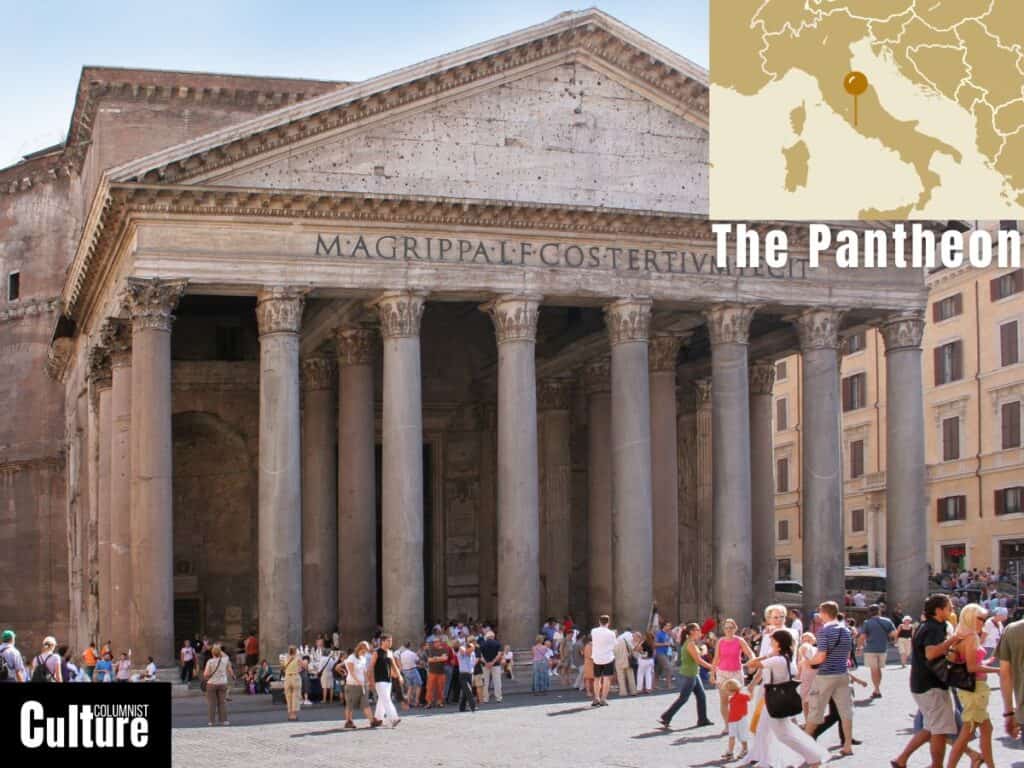
The Pantheon is an ancient Roman temple-turned-church located in Rome, Italy. Built between 113-125 AD during the reign of Emperor Hadrian, it is one of the best-preserved ancient Roman structures to this day. The Pantheon’s design is generally attributed to Apollodorus of Damascus and is revered as an impressive feat of engineering, with its concrete dome being the largest unsupported dome in the world.
Visitors can explore the Pantheon’s interior, which has been used as a Christian church since the 7th century, known as Santa Maria Rotonda. There are audio guides available as well as a one-hour guided tour that you can book within the Pantheon itself. The building houses the tombs of several notable figures, including the artist Raphael. If you visit during the Christian feast of Pentecost in May, be sure to experience the shower of thousands of rose petals released from the top of the dome fluttering down to the temple’s floor.
Hagia Sophia
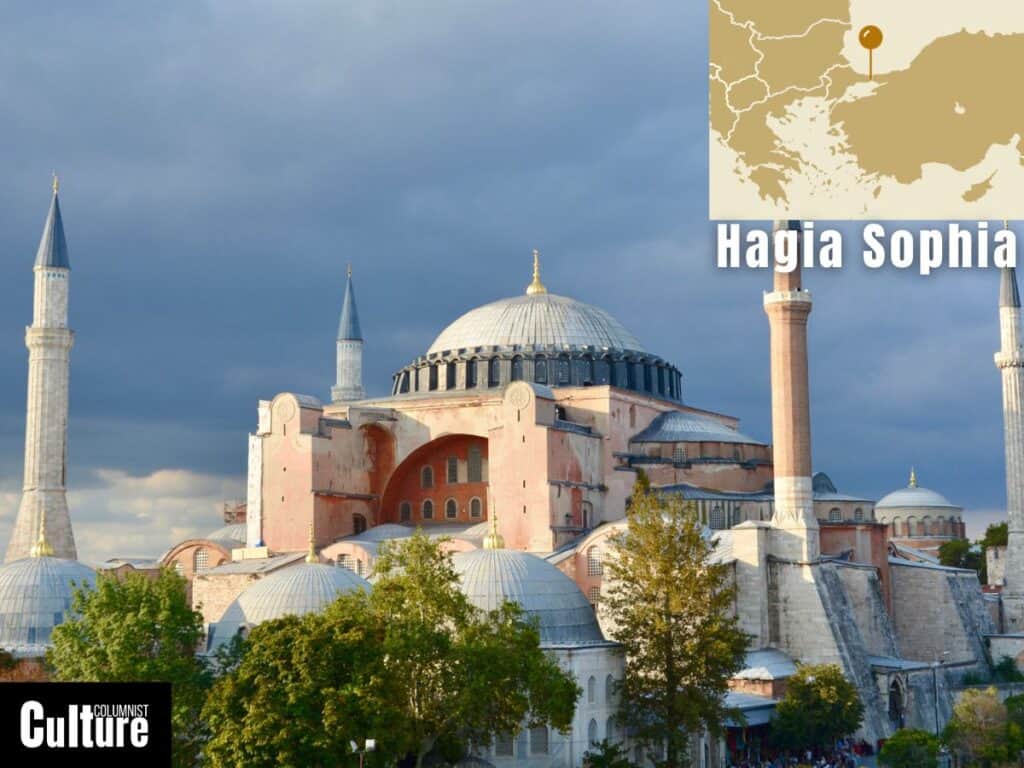
The Hagia Sophia is a cathedral-turned-mosque located in Istanbul, Turkey. It was built in 537 AD and was the world’s largest cathedral for nearly a thousand years—first as an Eastern Orthodox cathedral, then as a Roman Catholic cathedral, and later as a mosque. It was converted into a museum in 1935 but controversially turned back into a mosque in 2020.
Hagia Sophia is open to visitors throughout the year but is closed to tourists during prayer hours and prayers on Fridays. You can roam the landmark yourself in around 30 to 40 minutes, but taking the one-hour guided tour is recommended for better insight into the monument’s geometrical and Byzantine architecture. Since Hagia Sophia is a functioning mosque, it’s important to wear clothes that cover your shoulders, knees, and hair (for women).
The Pont du Gard
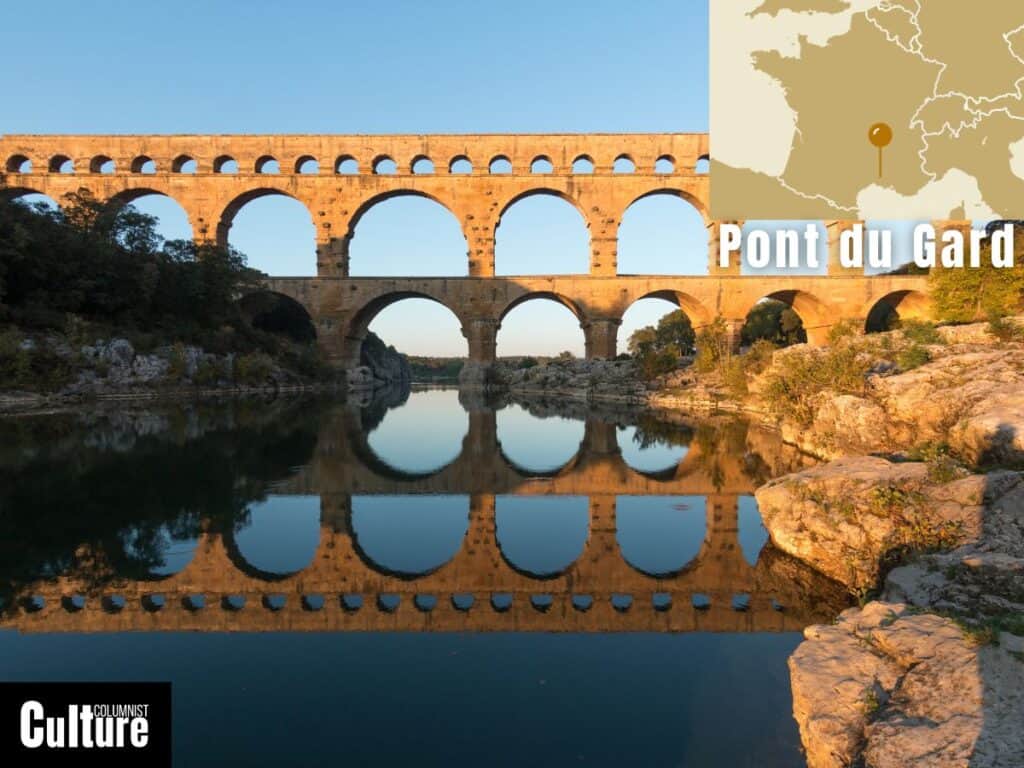
The Pont du Gard is an ancient Roman aqueduct bridge located in the south of France, near the town of Vers-Pont-du-Gard. Constructed around the first century AD, it is an outstanding example of Roman engineering and design, and it is one of the most well-preserved Roman aqueducts in Europe. The structure was initially part of a nearly 50-kilometer system built to carry water from Uzès to Nîmes.
Visitors to the Pont du Gard can walk across the lower tier of the bridge and explore a visitor center that includes a museum, cinema, workshops, and exhibitions explaining the history and construction techniques. The site is also popular for hiking and picnicking, while you can also opt for a kayak or canoe tour, which allows you to see the bridge from a unique perspective. The monument is lit every evening at dusk, with sound and light shows every evening in the summer.
The Belém Tower
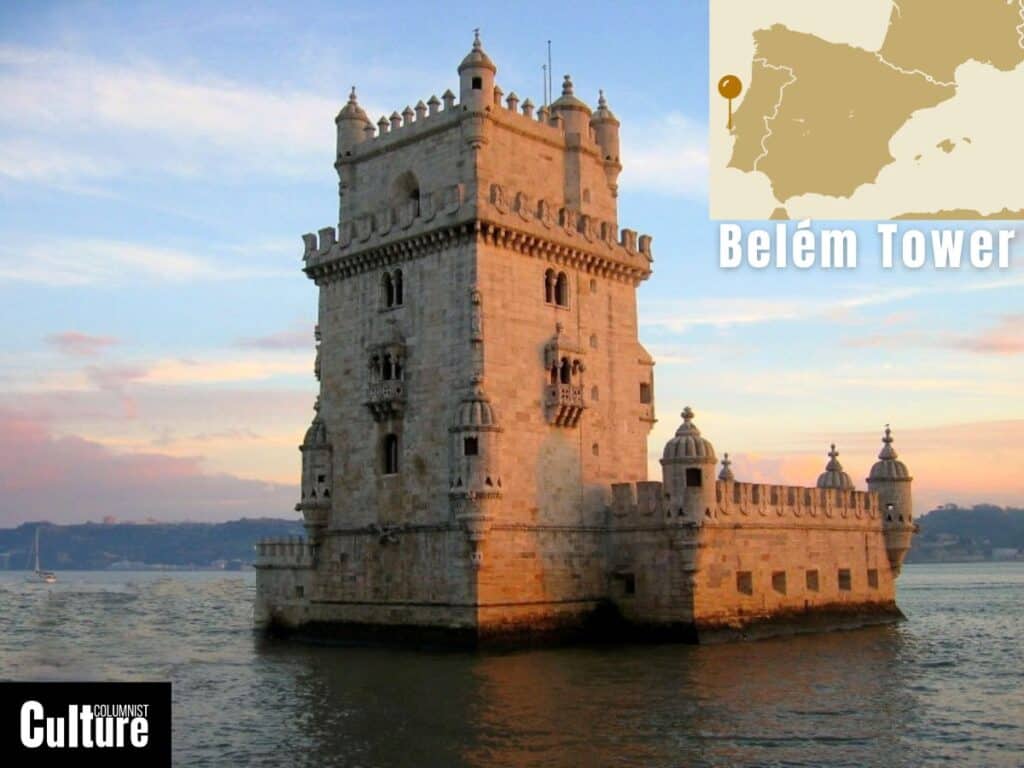
Belem Tower, also known as the Tower of St. Vincent, is a medieval coastal watch tower located in Lisbon, Portugal. It was built between 1514 and 1520 and served as a fortress to guard the entrance to Lisbon’s harbor and as a ceremonial gateway. This six-story tower is a work of Manueline architectural art and stands as a monument to Portugal’s Age of Discovery.
The tower seems to rise up from the Tagus River and is worth taking the time to observe from the outside thanks to its ornate architecture. However, there is also plenty to see inside the tower, including the spiral staircase, the lower and upper batteries, the chambers, and the terrace with its panoramic views. You can explore it alone or with a guided tour. Although not originally a lighthouse, the tower has a beacon that is lit at night, providing great photo opportunities.
The Rialto Bridge
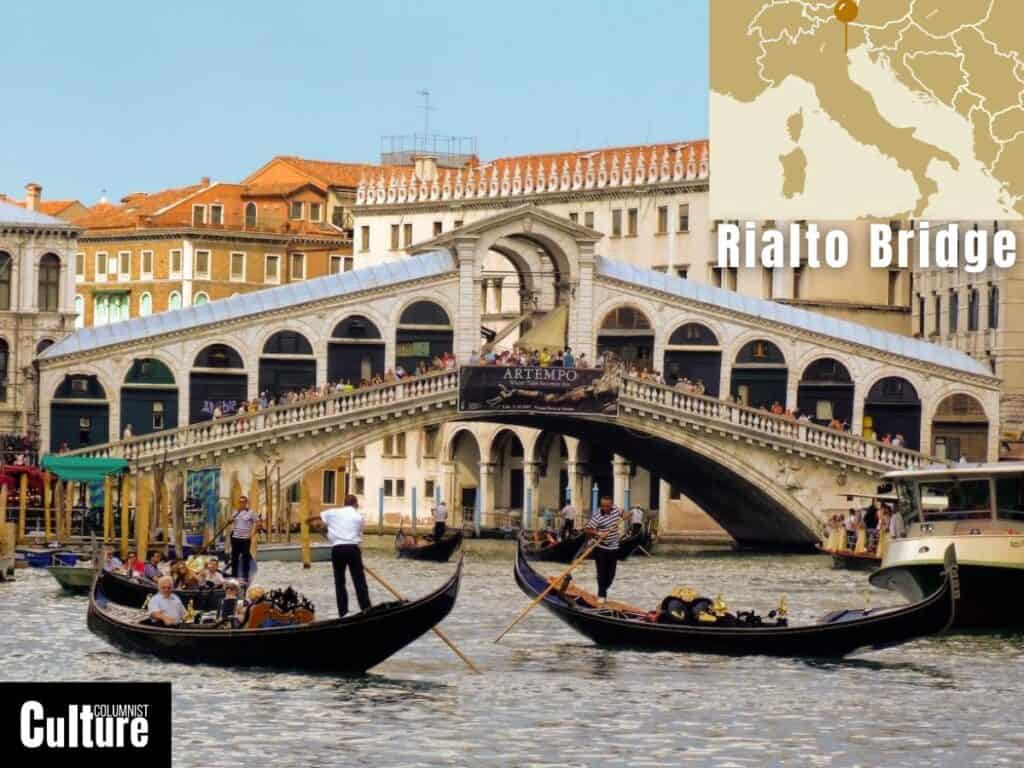
The Rialto Bridge is a historic crossing over the Grand Canal in Venice, Italy. Built between 1588 and 1591 with solid marble, it is the oldest bridge across the canal and was once the only way for pedestrians to cross at all. The Rialto Bridge is one of the most photographed images in Venice and a major stop on the tourist trail.
While there is no museum or exhibition associated with the bridge, you can experience its history by taking a walk across while enjoying it’s ornate Renaissance architecture and views over the canal through one of it’s many arched windows. Viewing the bridge from the canal itself on one of the traditional Venetian gondolas is also a memorable way to see it.
The Duomo
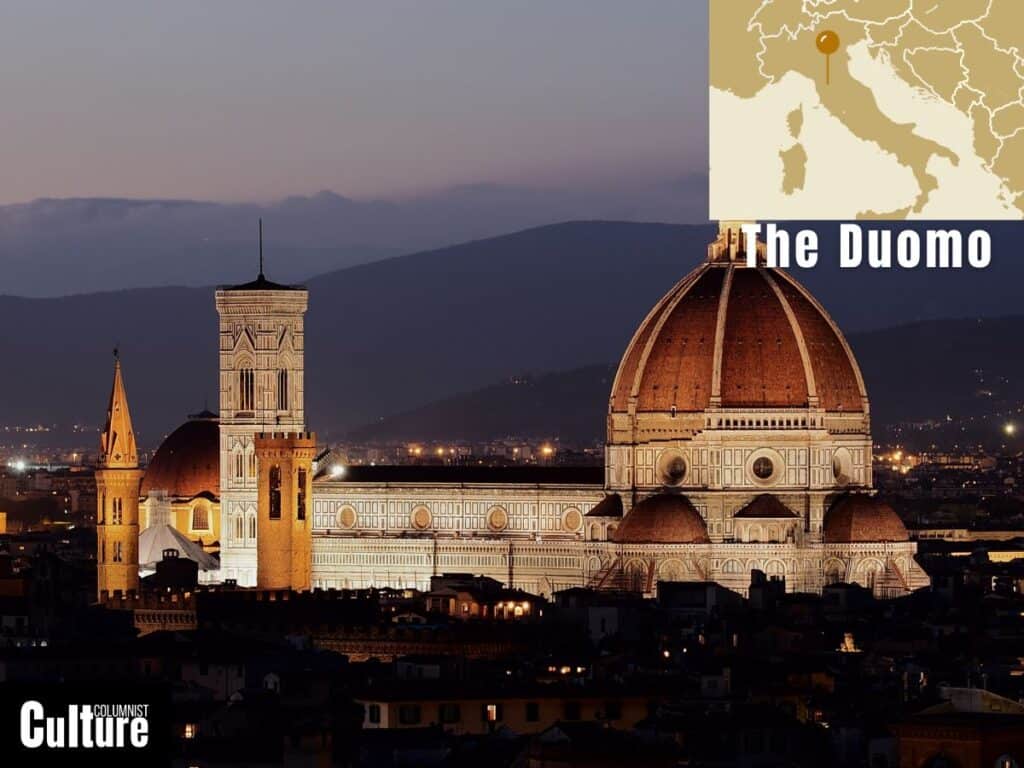
The Florence Cathedral, commonly known as the Duomo, is located in Florence, Italy. The Duomo was completed in 1436 and stands as a symbol of the city and the glory of the Renaissance movement. The cathedral, along with its dome designed by Filippo Brunelleschi, is a UNESCO World Heritage Site. Climbing to the top of the dome offers panoramic views of Florence and a better vantage point to observe this architectural marvel.
Visitors can explore the interior of the cathedral and opt for guided tours that often include access to the dome, the bell tower (Campanile), and the Baptistry of St. John. The entry ticket also includes access to the adjacent museum, Museo dell’Opera del Duomo, displaying many original works of art created for the cathedral. The Duomo is still an active place of worship, so conservative clothing is recommended.
The Royal Palace of Madrid
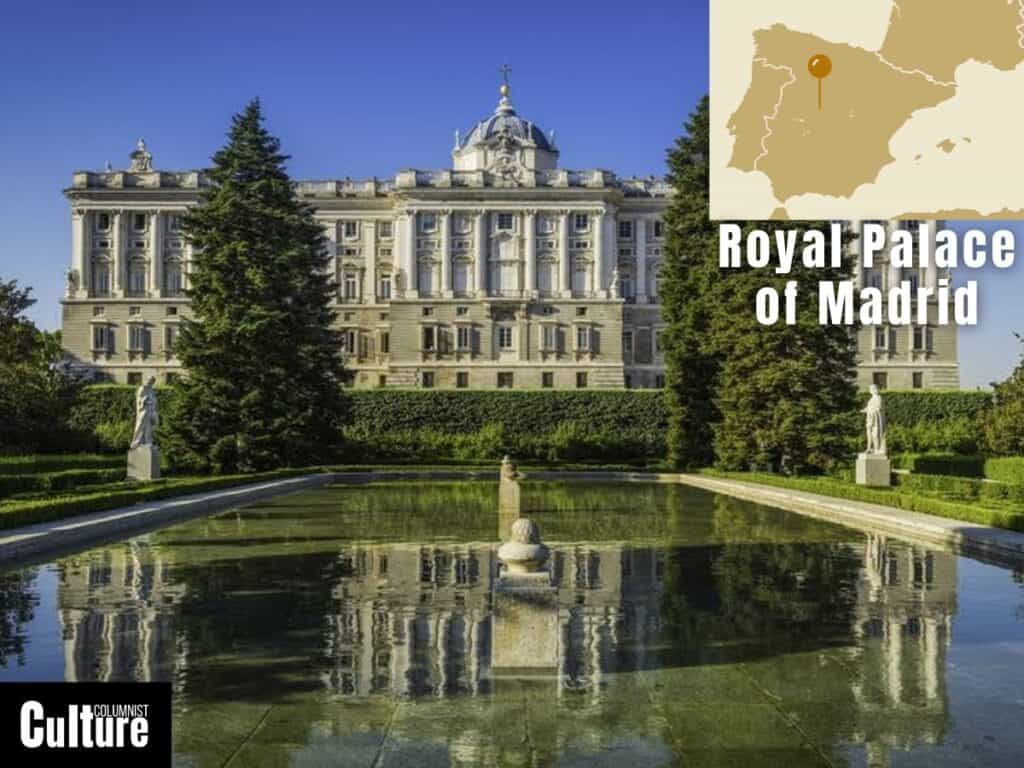
The Royal Palace of Madrid is the official residence of the Spanish Royal Family and is located in Madrid, Spain. The baroque-style palace was built in the 9th century on the site of the Alcázar of Madrid, a former Moorish castle built by the Muslims. The palace represents the grandeur of the Spanish monarchy, with 3,418 rooms decorated with collections of artifacts, paintings, tapestries, and jewelry.
Visitors can explore various rooms and chambers, including the Throne Room, the Stradivarius Hall housing a rare collection of stringed instruments, the ornate Royal Chapel, and the Spanish marble staircase. Guided and private tours are available, while the Changing of the Guard ceremony is an additional attraction that happens on the first Wednesday of the month at noon (except in January, August, and September).
Auschwitz-Birkenau
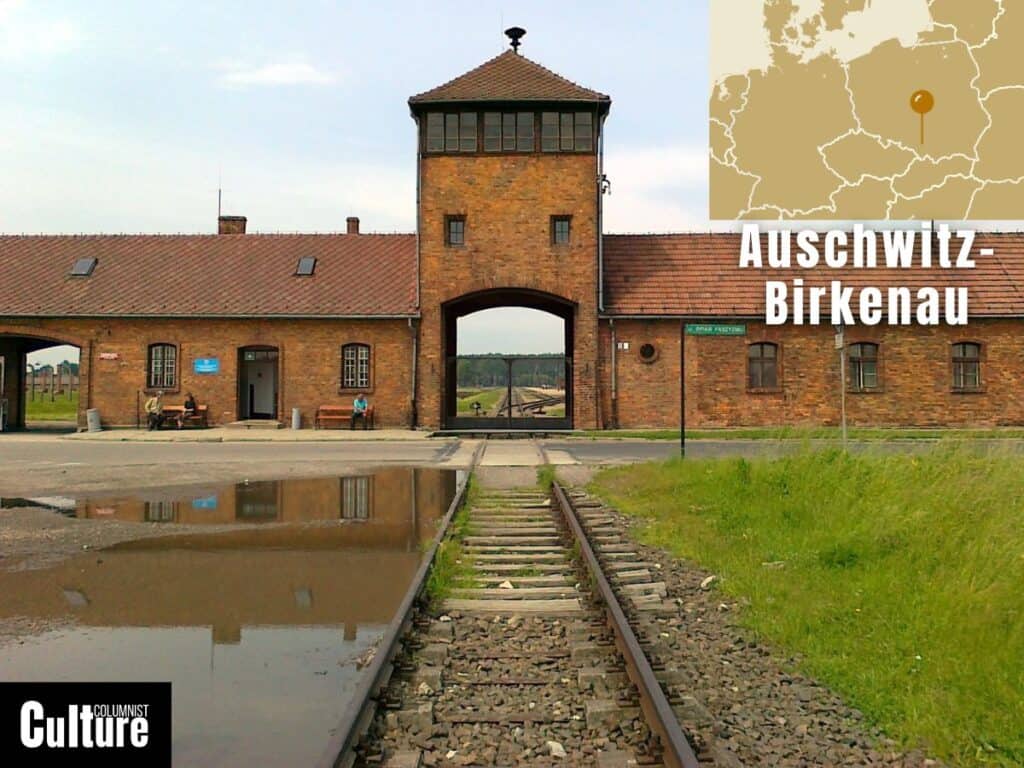
Auschwitz-Birkenau is a historical site and museum located in Oświęcim, Poland. It was built during World War II as a concentration and extermination camp. It includes various sections like the main camp (Auschwitz I), the extermination camp (Birkenau or Auschwitz II), and work camps, serving as a memorial and reminder of the atrocities committed during the war.
Visits typically include a guided tour around the well-preserved barracks, watchtowers, and the remains of the gas chambers and crematoria. An on-site museum displays the personal belongings of the victims and provides more context for the war. While it’s not a traditional tourist site, it is a significant landmark in terms of European history.
Charles Bridge
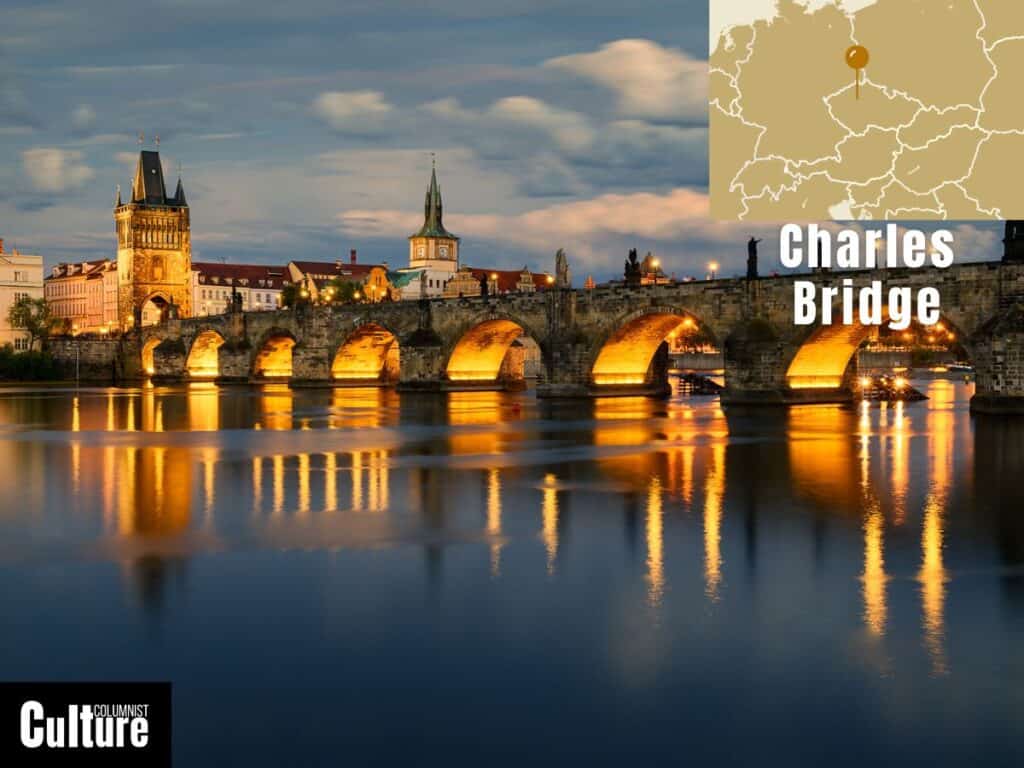
The Charles Bridge is located in Prague, Czech Republic, and spans the Vltava River. It was built between 1357 and 1402 and was originally known as the Stone Bridge or Prague Bridge before being named after King Charles IV. The bridge connects Prague’s Old Town and the area around Prague Castle and has an array of 30 statues along the balustrade, most of which are replicas, with the originals moved to the National Museum to protect them from the elements.
The bridge is primarily a pedestrian zone, with artists, musicians, and souvenir vendors dotted along the bridge. Guided tours are available to provide historical context, but most visitors tend to walk the bridge on their own, taking in the views over the river. While there is no associated museum or exhibit, you can visit the towers standing on each end of the bridge, which both have beautiful views over the bridge and the river.
The Berlin Wall
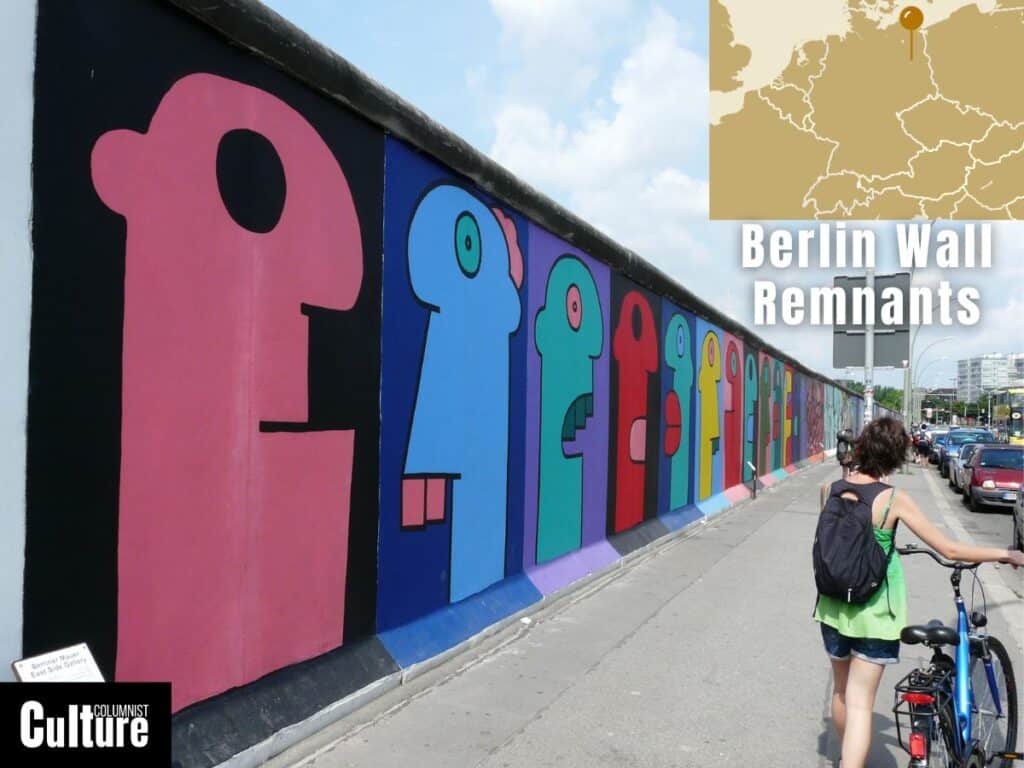
The Berlin Wall Remnants are located in Berlin, Germany. Erected initially in 1961, the wall served as a physical and ideological barrier between East and West Berlin during the Cold War. Its fall in 1989 became a global symbol of the end of the Cold War and the reunification of Germany, making it a landmark of immense historical and cultural significance to Europe.
Visitors can walk alongside the remaining sections of the Berlin Wall, which are often accompanied by exhibitions, information panels, and memorials. Sections of the wall are more preserved than others, most notably the East Side Gallery and the Berlin Wall Memorial. The East Side Gallery allows for a more art-focused experience, while the Berlin Wall Memorial offers guided tours that delve into its history.
The Uffizi Gallery
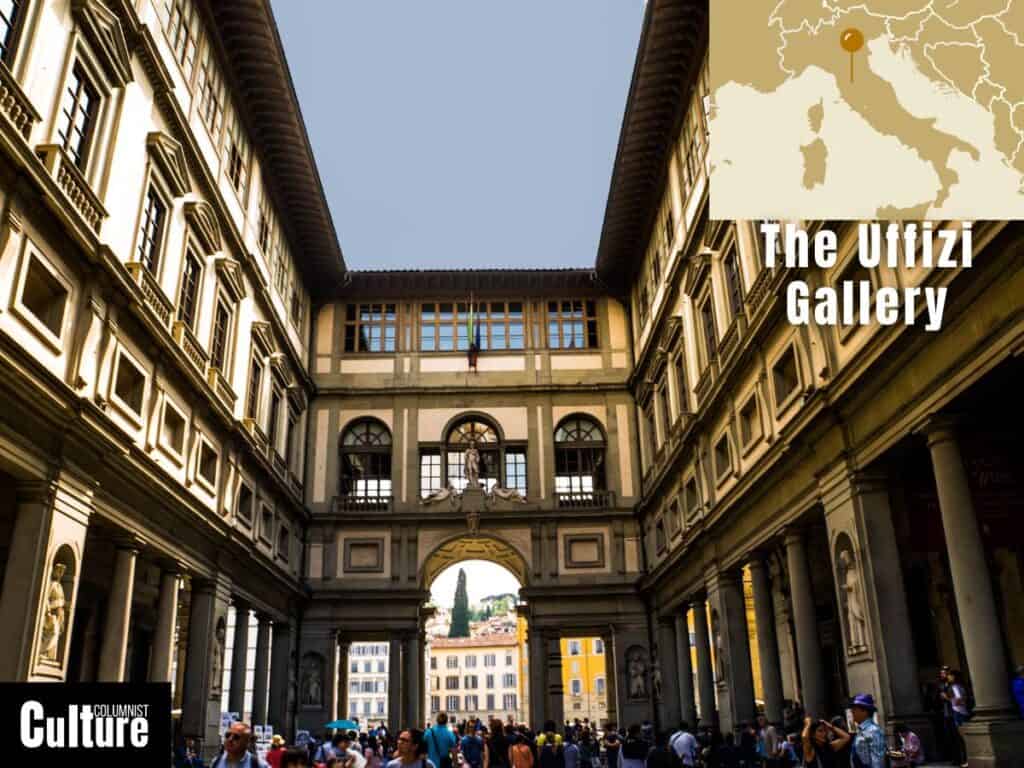
The Uffizi Gallery is one of the oldest and most famous art museums in the world and is located in Florence, Italy. Built in 1581, it was initially designed as the offices (“uffizi” in Italian) for Florentine magistrates, but over time it evolved into an art gallery featuring works primarily from the Italian Renaissance artists like Leonardo da Vinci, Michelangelo, and Sandro Botticelli, to name a few.
Visitors can explore a multitude of rooms filled with paintings, sculptures, and historical artifacts. Audio guides, group guides, and privately guided tours are available to help you navigate the wealth of artworks and the history of the gallery itself. Regardless of which guide you choose, you’ll pass the Loggiato semi-enclosed courtyard upon entering the museum, a perfect spot for taking photos.
Newgrange
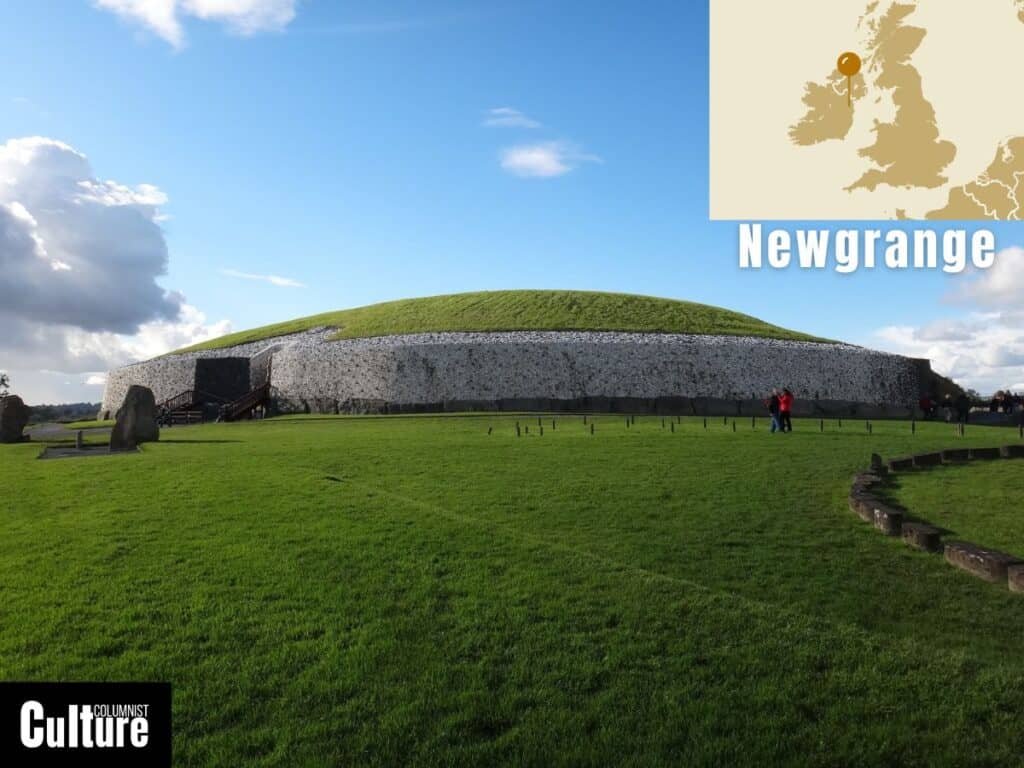
Newgrange is a prehistoric monument located in County Meath, Ireland. Built around 3200 BC, it predates Stonehenge and the Egyptian pyramids. Newgrange is primarily a passage tomb, characterized by a long corridor leading to a central chamber, and is one of the most significant examples of megalithic structures and art in Europe.
The space inside Newgrange is small and can only be entered with a guided tour. The number of these tours is limited throughout the day, so it’s important to book well in advance so as not to be disappointed. The most remarkable experience occurs during the winter solstice, when sunlight illuminates the inner chamber, a phenomenon that showcases the builders’ advanced understanding of astronomy, but the lucky few who get to enter are chosen by lottery.
Arc de Triomphe
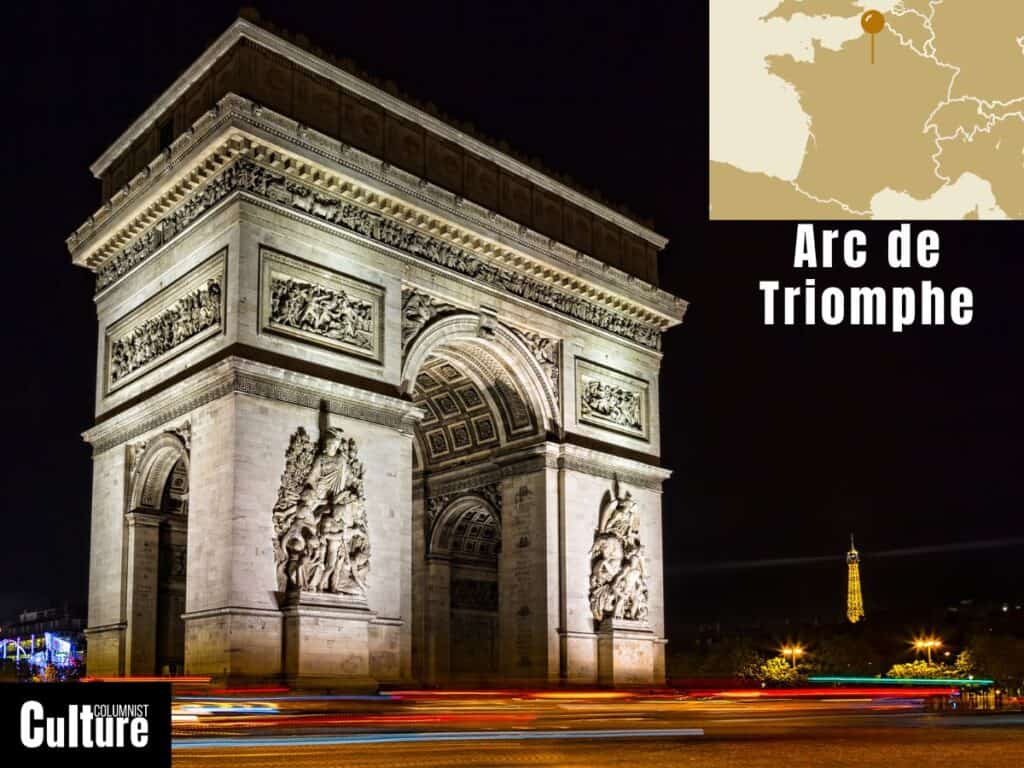
The Arc de Triomphe is located at Place Charles de Gaulle in Paris, France. It was commissioned by Napoleon Bonaparte to celebrate his victory at Austerlitz in 1805 and honor those who fought and died for France. The monument is inscribed with the battles fought and generals’ names engraved on the inner and outer walls, while today, the Arc de Triomphe is more of a symbol of peace than war.
Visitors can explore the monument through guided or self-guided tours. An exhibition inside offers more historical insight and architectural detail about the arc. A viewing platform at the top provides 360 degree views of Paris and the 12 avenues that encircle it. The Arc de Triomphe also serves as the focal point for fireworks, light shows, and national ceremonies such as Bastille Day and Armistice Day.
Trevi Fountain
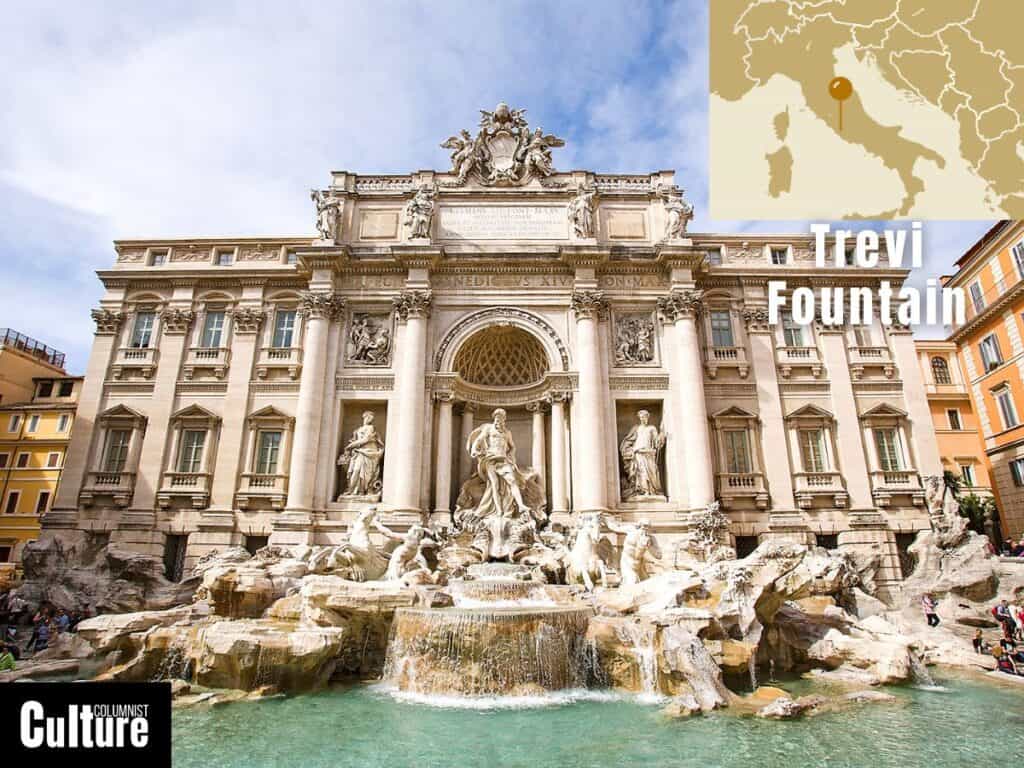
The Trevi Fountain is an open-air Baroque-style water fountain located in Rome, Italy. It was completed in 1762 and is one of Europe’s most famous fountains. The central figure is Oceanus, the Titan god of the sea, who is flanked by statues of abundance and health, making it a masterpiece of Baroque art.
There are no guided tours specific to the Trevi Fountain, but it’s often included in the typical city tours of Rome. Visitors are invited to participate in the tradition of throwing a coin over their left shoulder into the fountain, which is said to ensure they will one day come back to Rome. The fountain is surrounded by quaint cobbled streets with bars and cafés and becomes illuminated at night, adding to the landmark’s ambiance.
Buckingham Palace
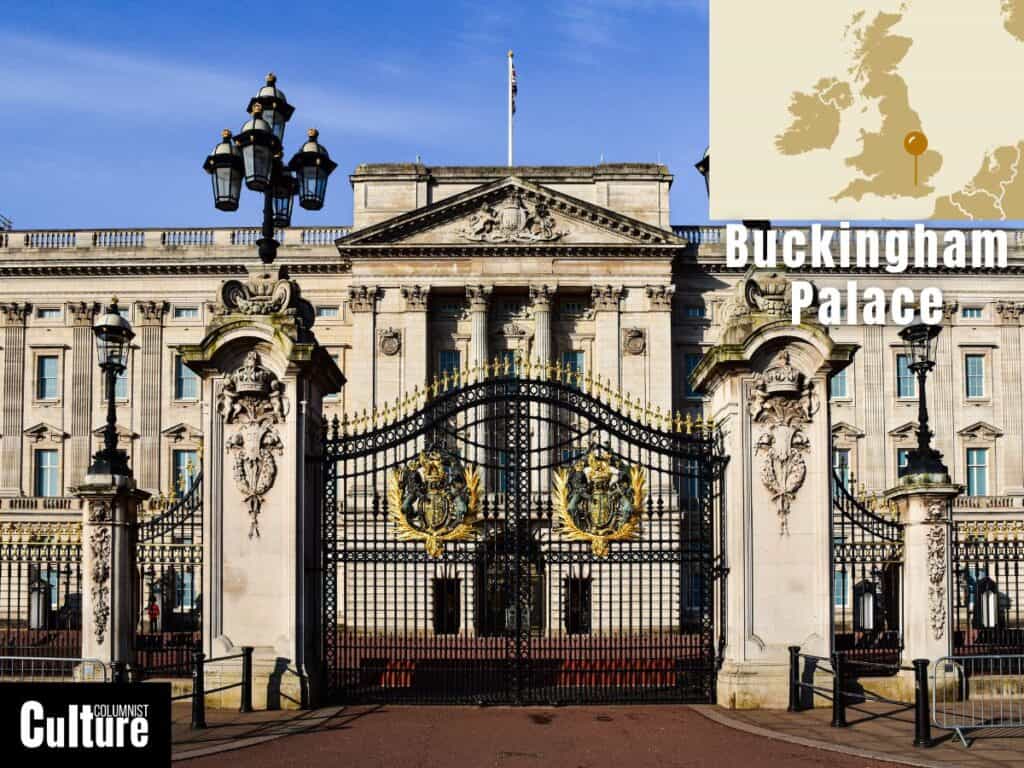
Buckingham Palace is the official residence of the British royal family and is located in London, United Kingdom. Originally built as a townhouse in 1703 for the Duke of Buckingham, it was acquired by King George III in 1761 and has undergone numerous renovations and expansions to become the iconic symbol of the British monarchy that it is today.
While the palace is still a place of residence for the monarch, the state rooms and the manicured palatial gardens are open to the public with guided tours only. One of the most popular events at the palace is the Changing of the Guard, a colorful and traditional ceremony that takes place daily in the summer months and on alternate days during the winter and is free to watch.
What country in Europe has the most landmarks?
Major European countries like Italy, France, Spain and Germany have the most landmarks with universal interest for visitors who come to visit them from all over the world. Italy has the most UNESCO World Heritage Sites in Europe, with a total of 59 sites, including a mix of cultural, natural, and mixed heritage.
Following Italy, France and Germany each have 52 sites, showcasing their significant cultural and natural landmarks. While these countries are celebrated for their significant contributions to European history and historical sites, there are other must-see European nations like Portugal, Greece, and Croatia that offer a wealth of stunning landmarks and hidden treasures.
What city in Europe has the most landmarks?
Major European cities like Paris, London and Rome have the most landmarks with universal interest and the highest concentration of internationally recognized landmarks for visitors from all over the world. Córdoba in Spain has four UNESCO sites, making it the city with the most UNESCO sites in Europe.
While major European cities are renowned for their historic landmarks that hold universal appeal, it’s important to recognize that there are still many other European cities worth exploring. They may not boast the same level of international fame or UNESCO sites but they are nonetheless brimming with beautiful sites and things to do.
How many landmarks does Europe have?
There are over 400 landmarks in Europe that are recognized for their significant contribution to global heritage and are safeguarded by the United Nations Educational Scientific and Cultural Organization (UNESCO) because of their outstanding value to humanity. In national and local terms, Europe has countless landmarks.
While the palace is still a place of residence for the monarch, the State Rooms and the manicured palatial gardens are open to the public with guided tours only. One of the most popular events at the palace is the Changing of the Guard, a colorful and traditional ceremony that takes place daily in the summer months and on alternate days during the winter and is free to watch.

